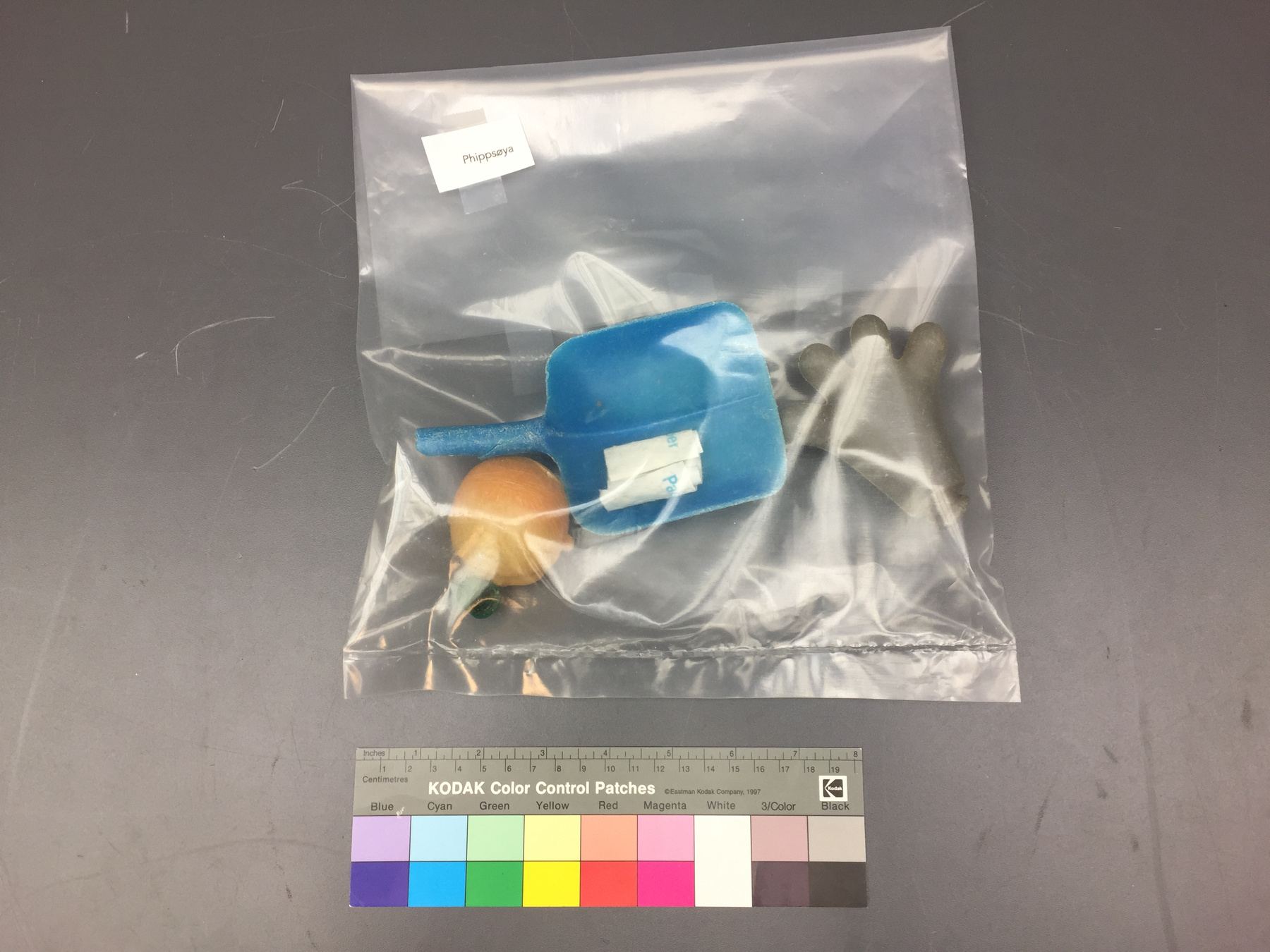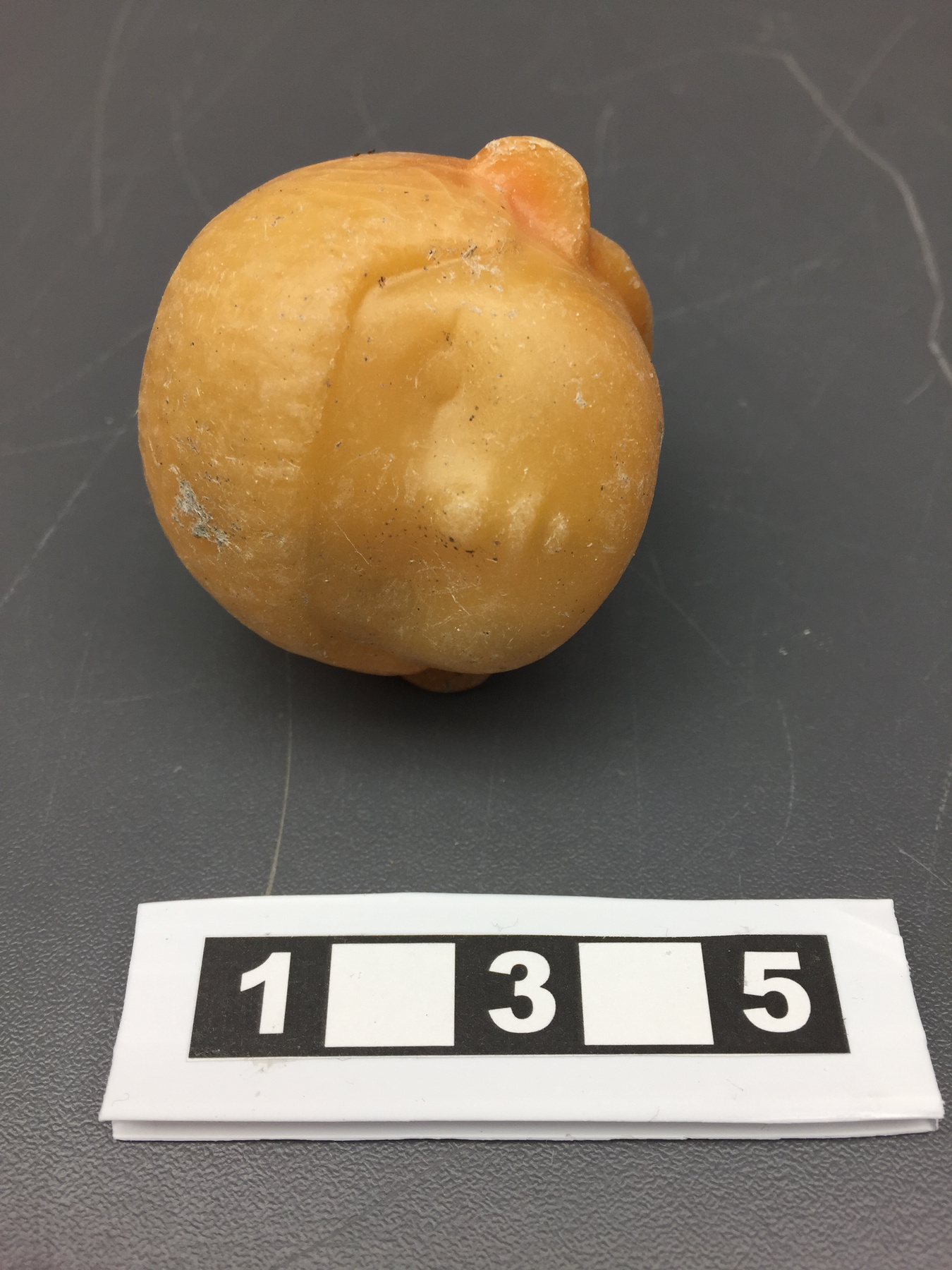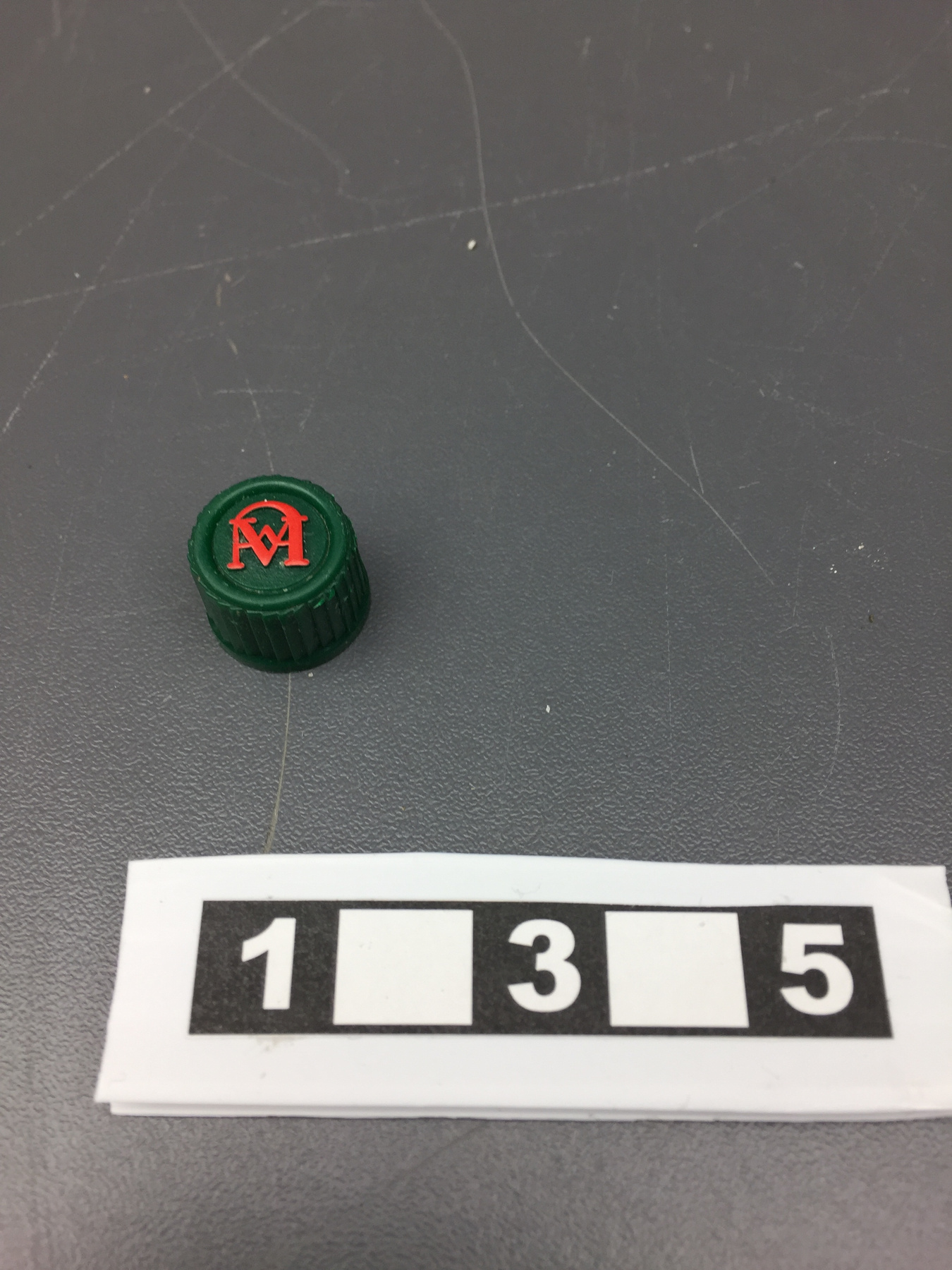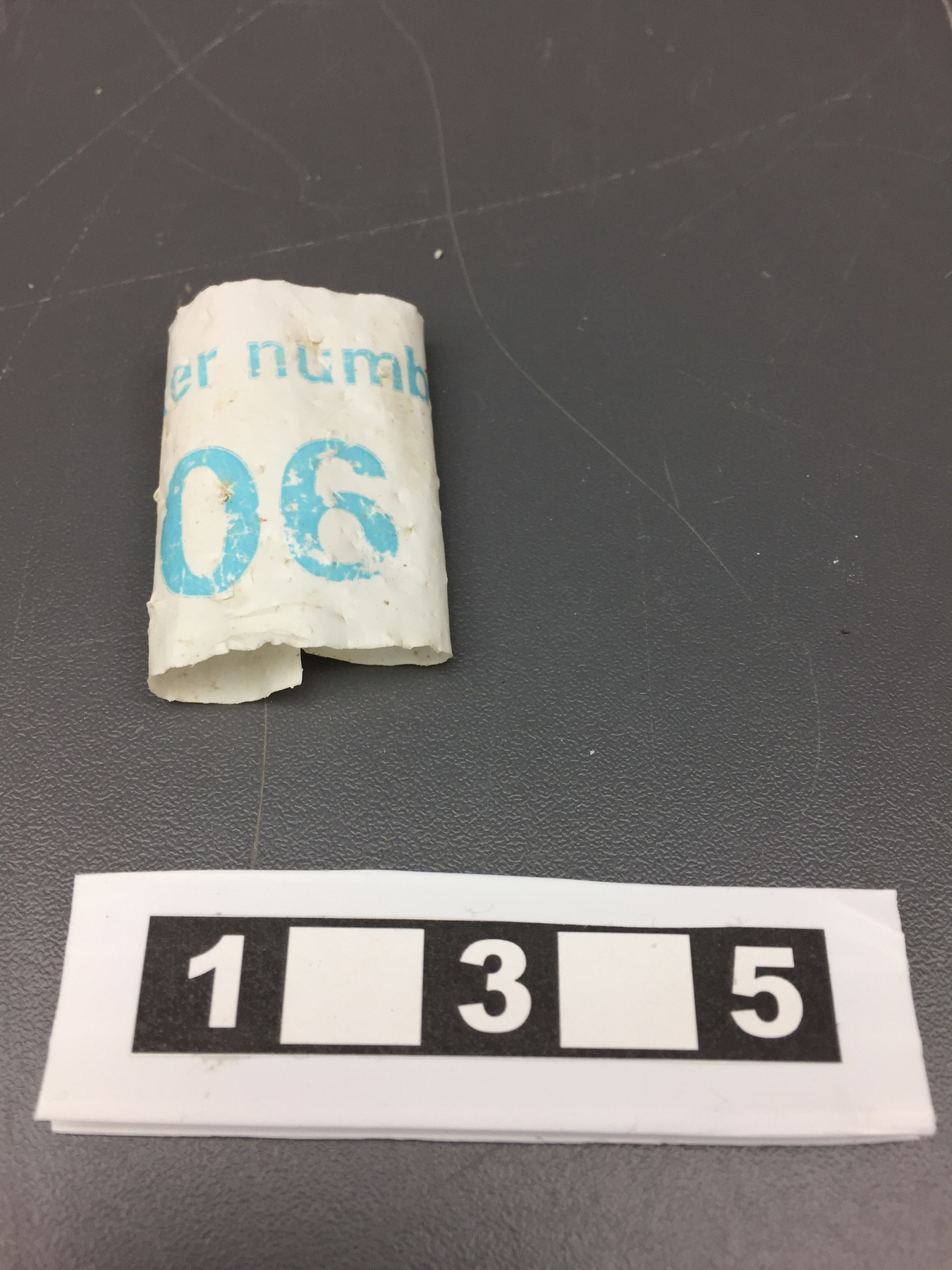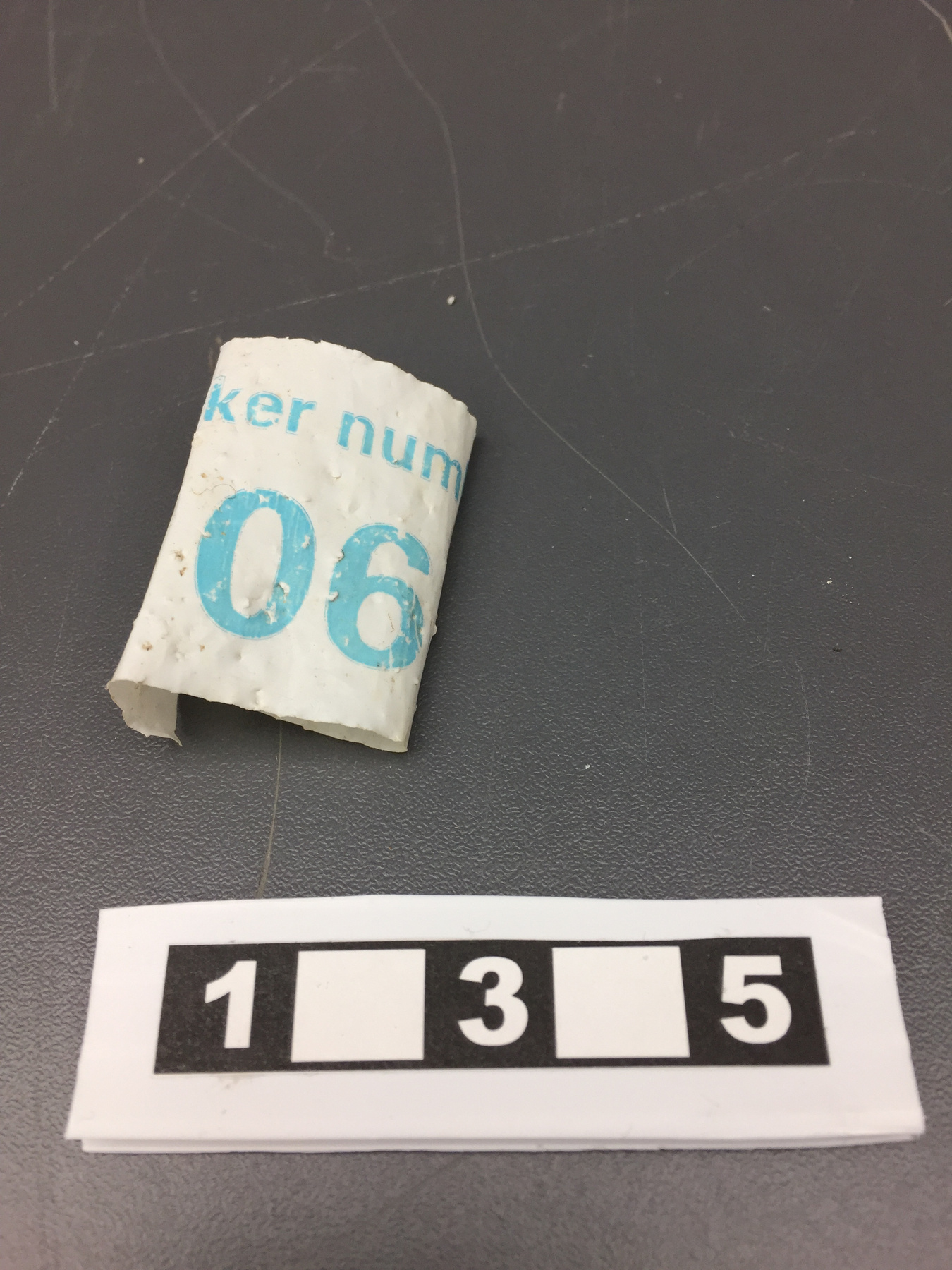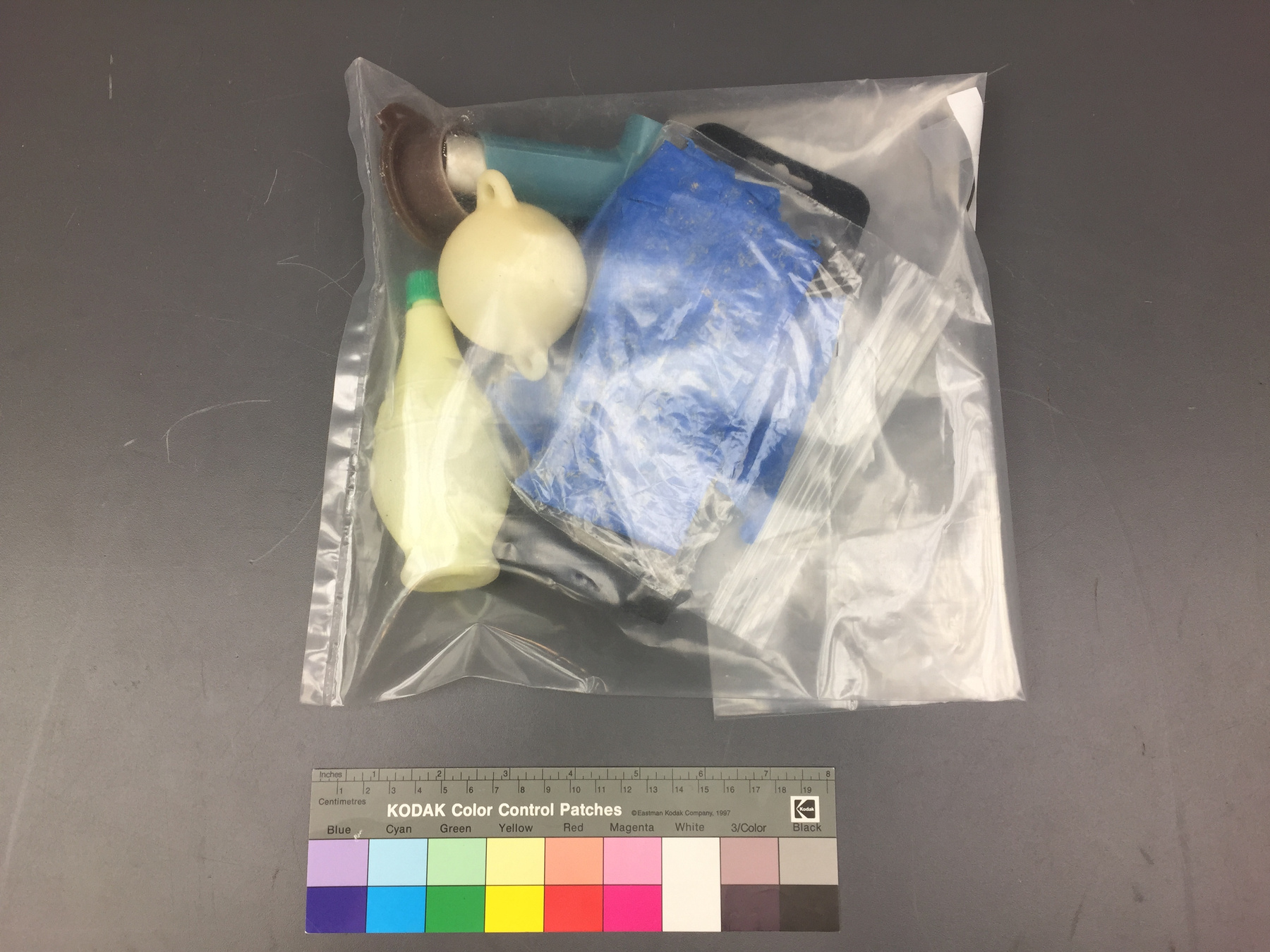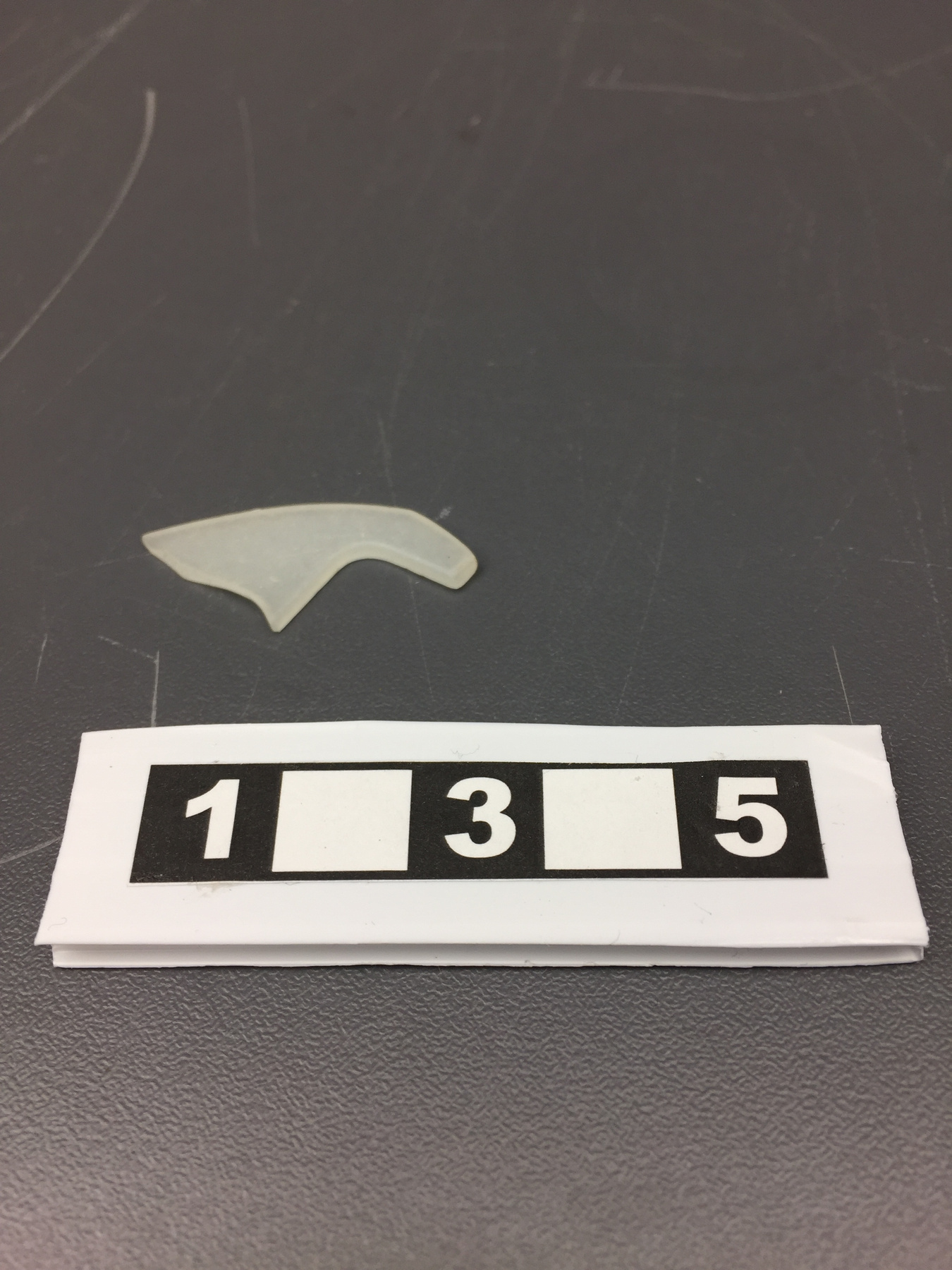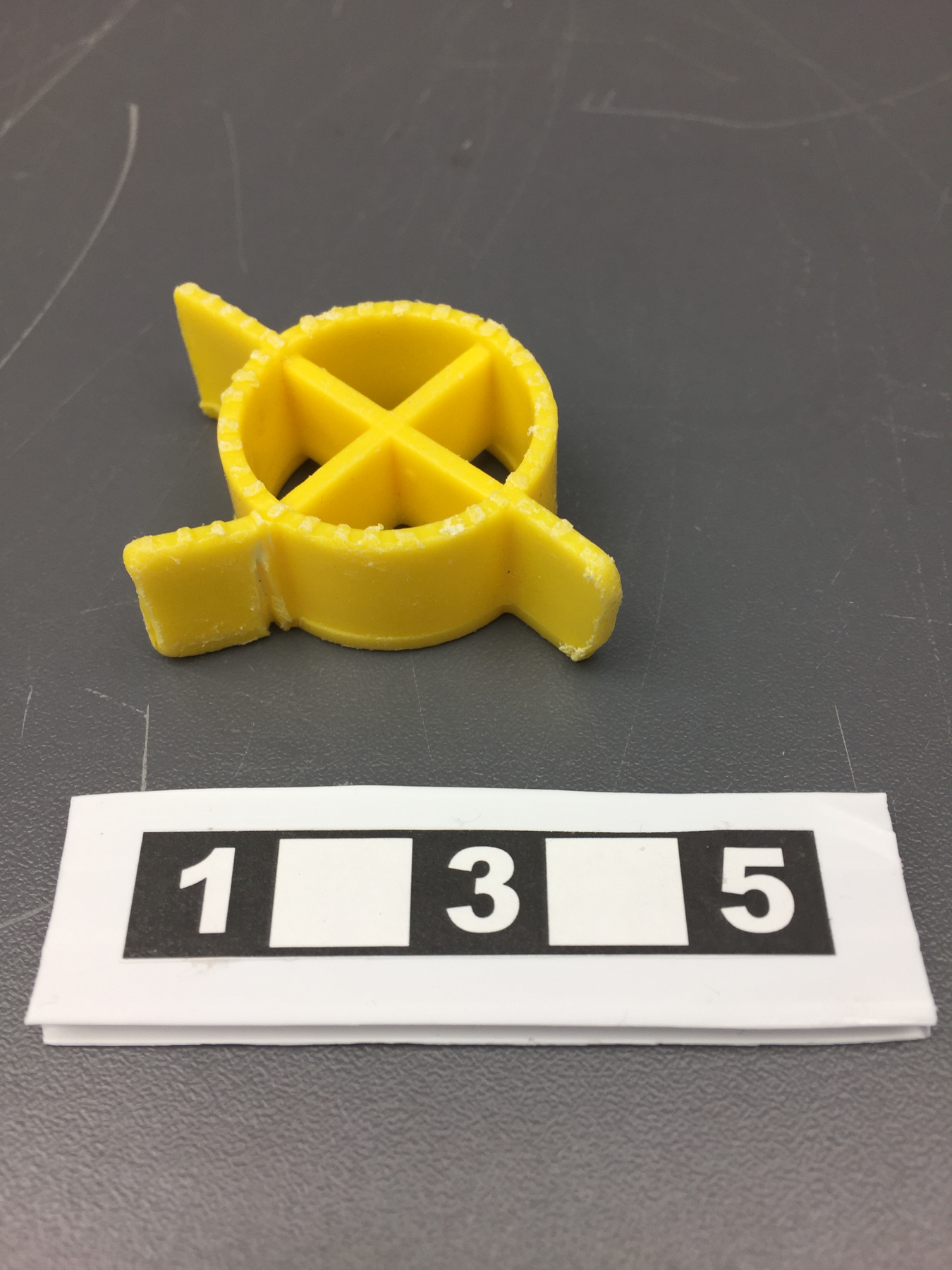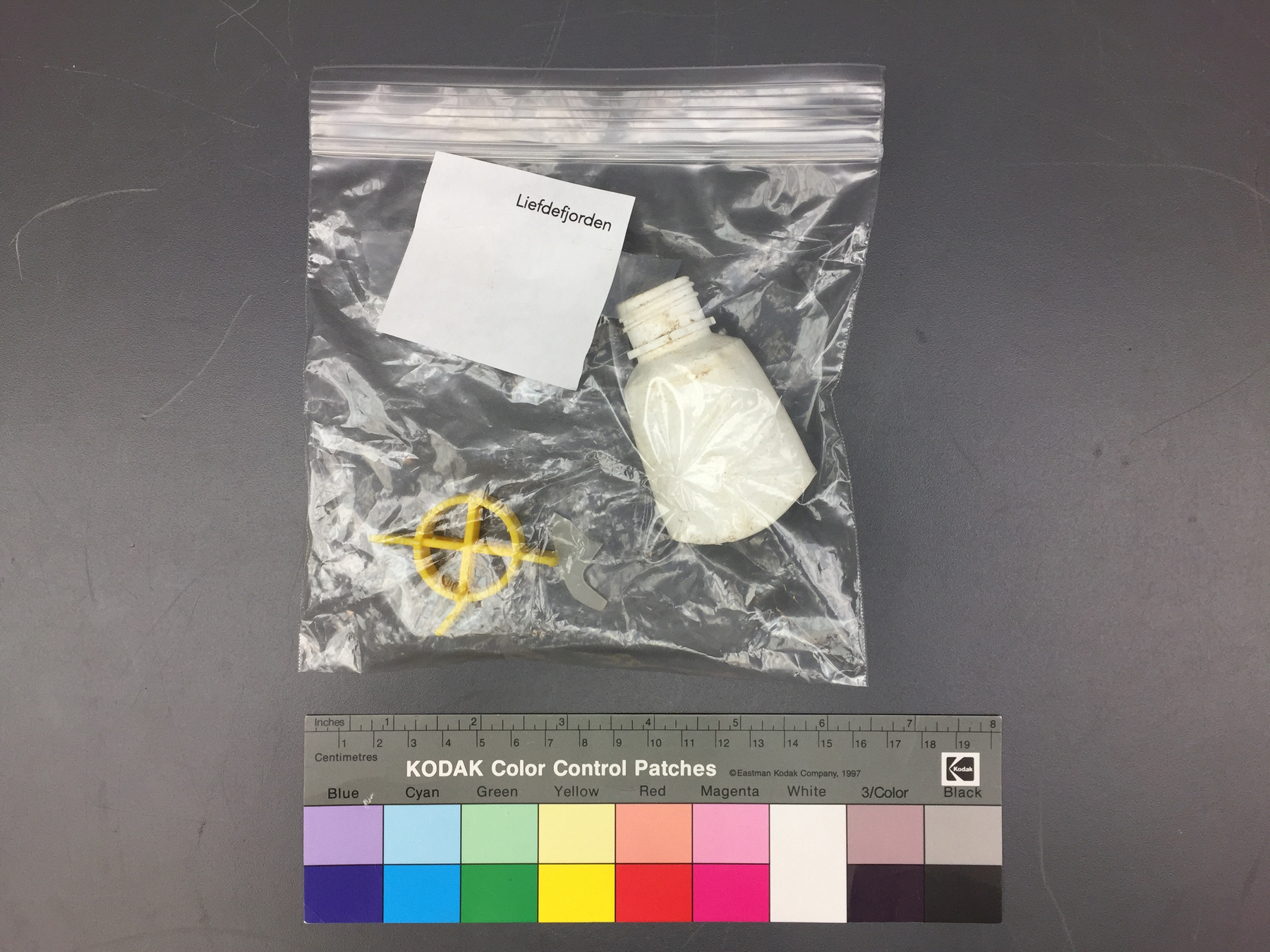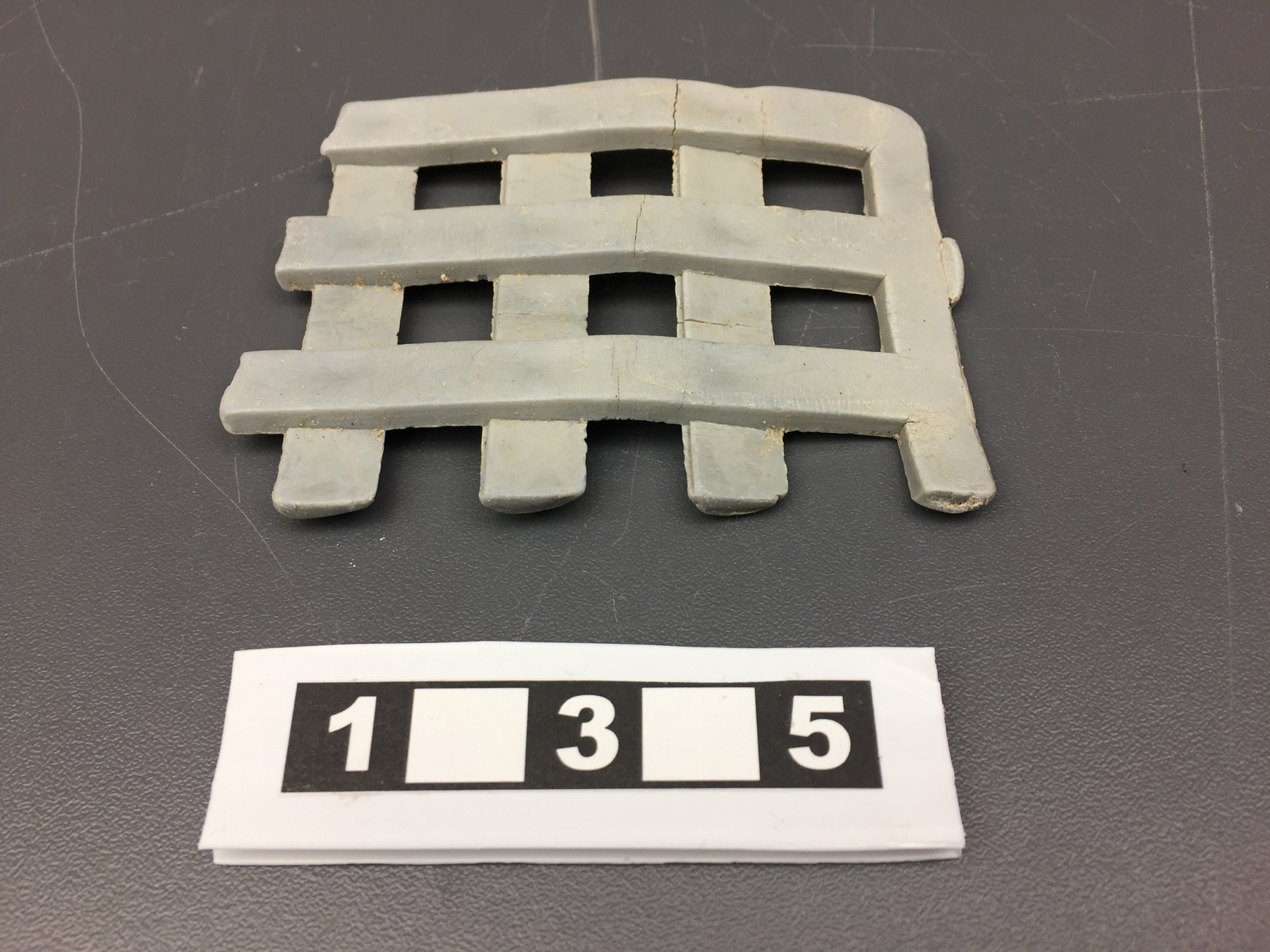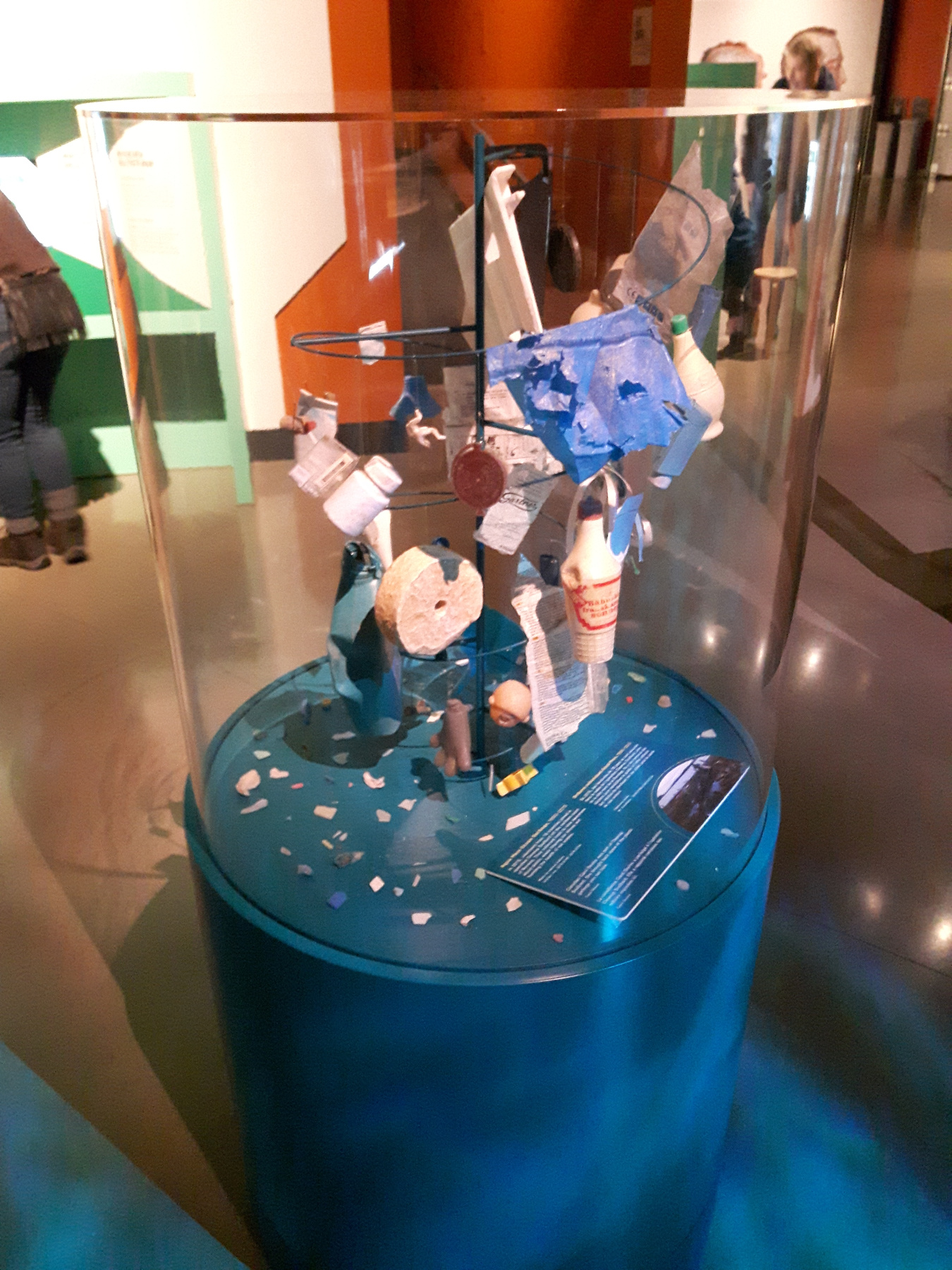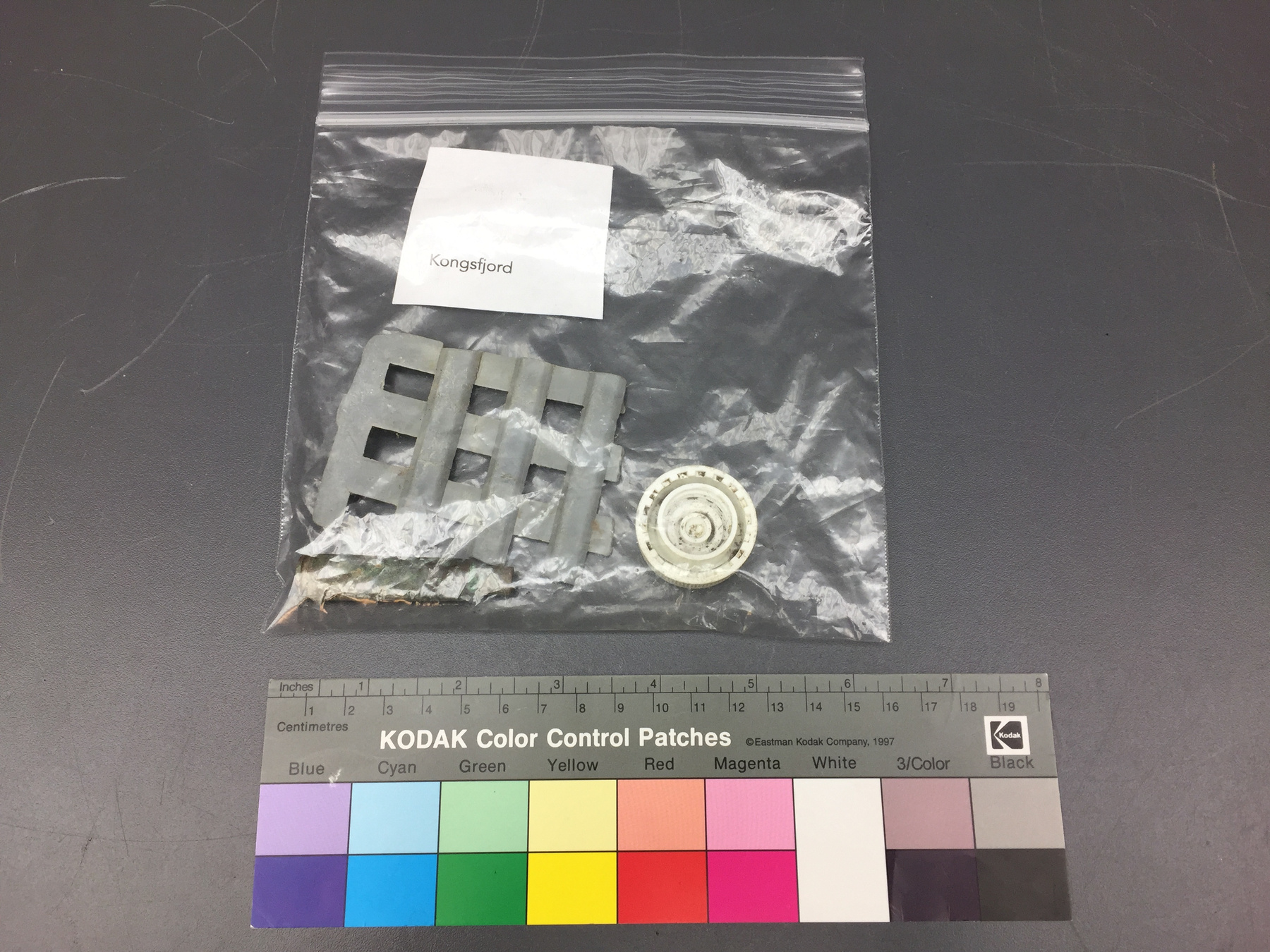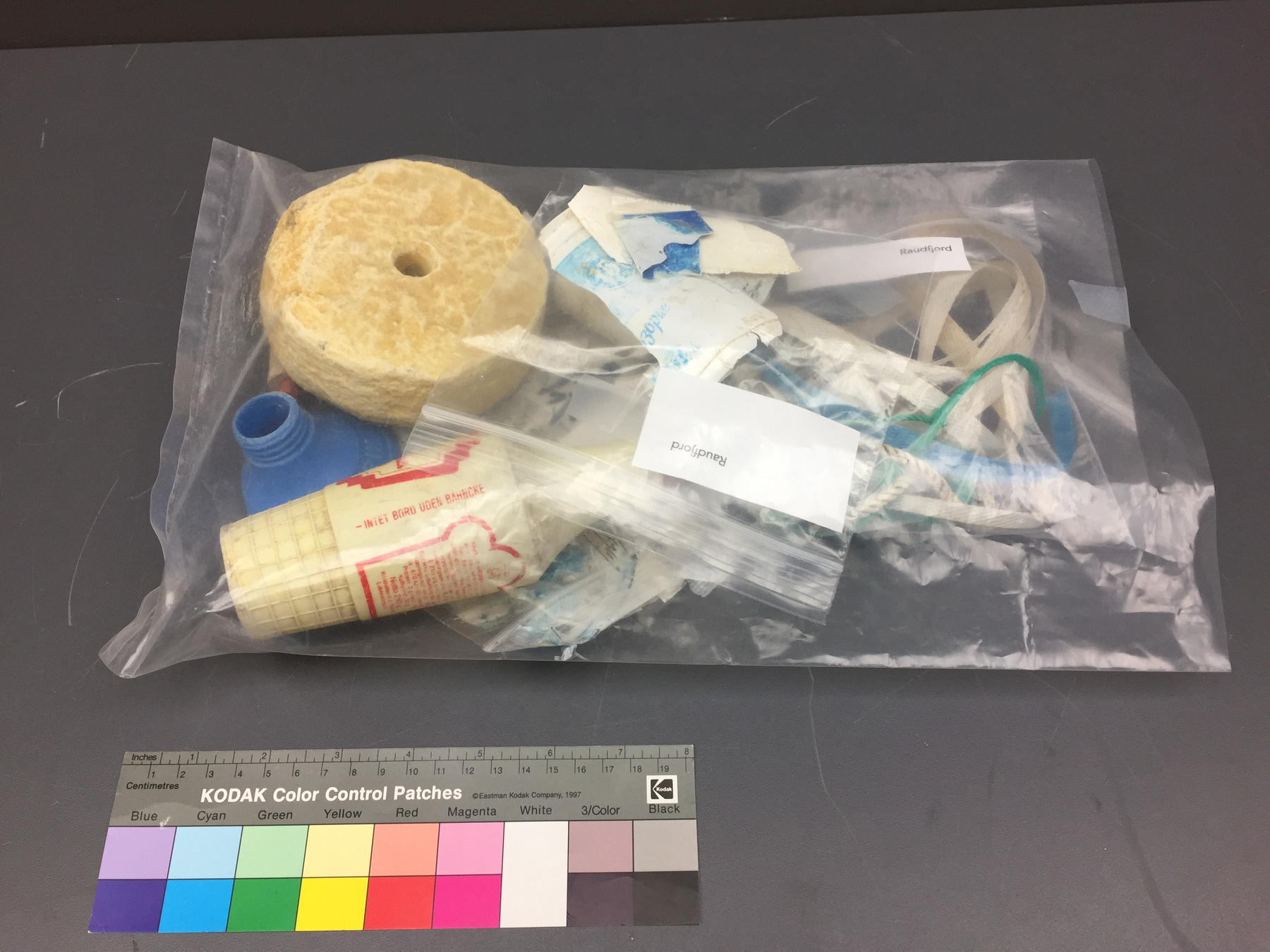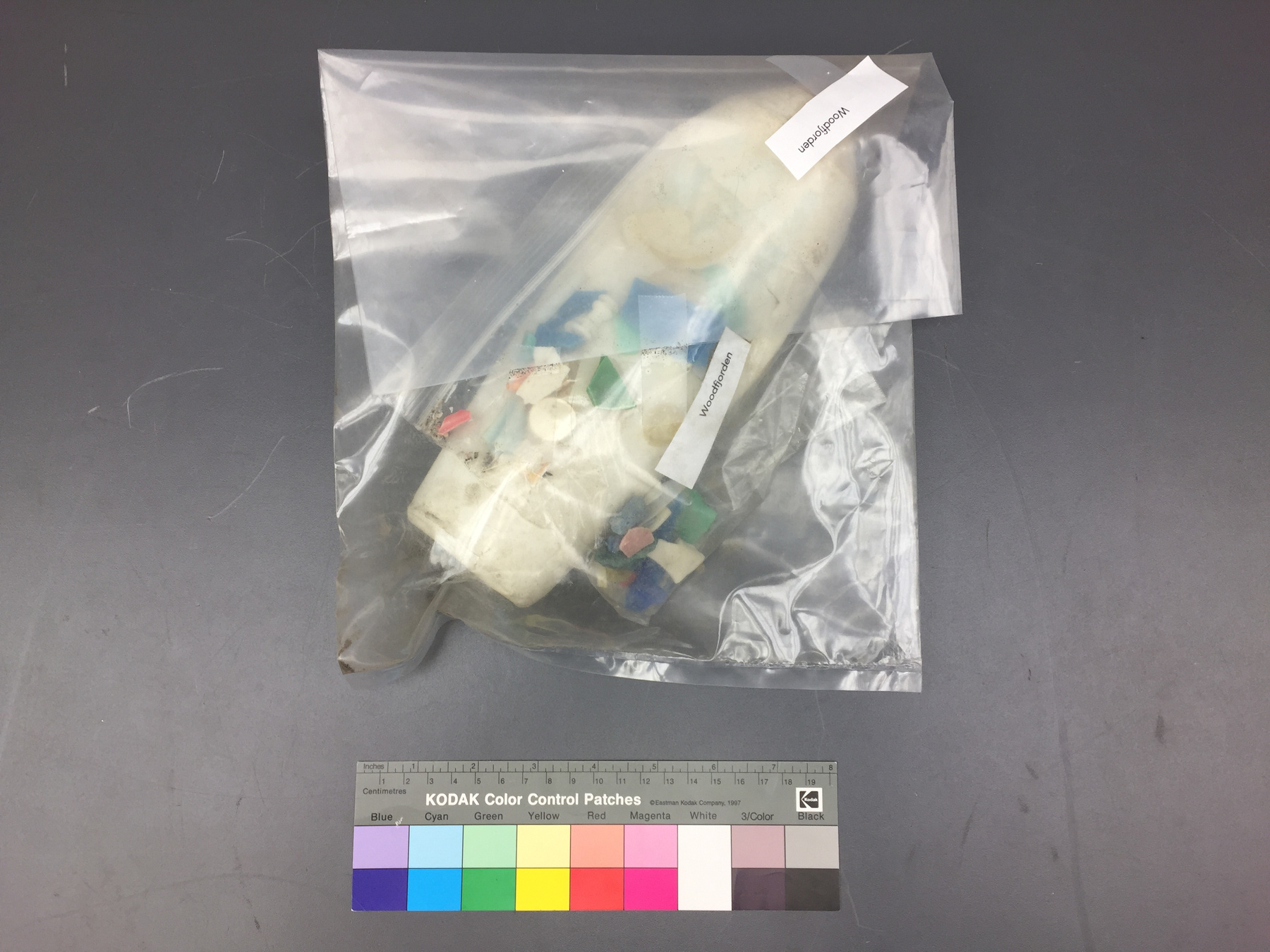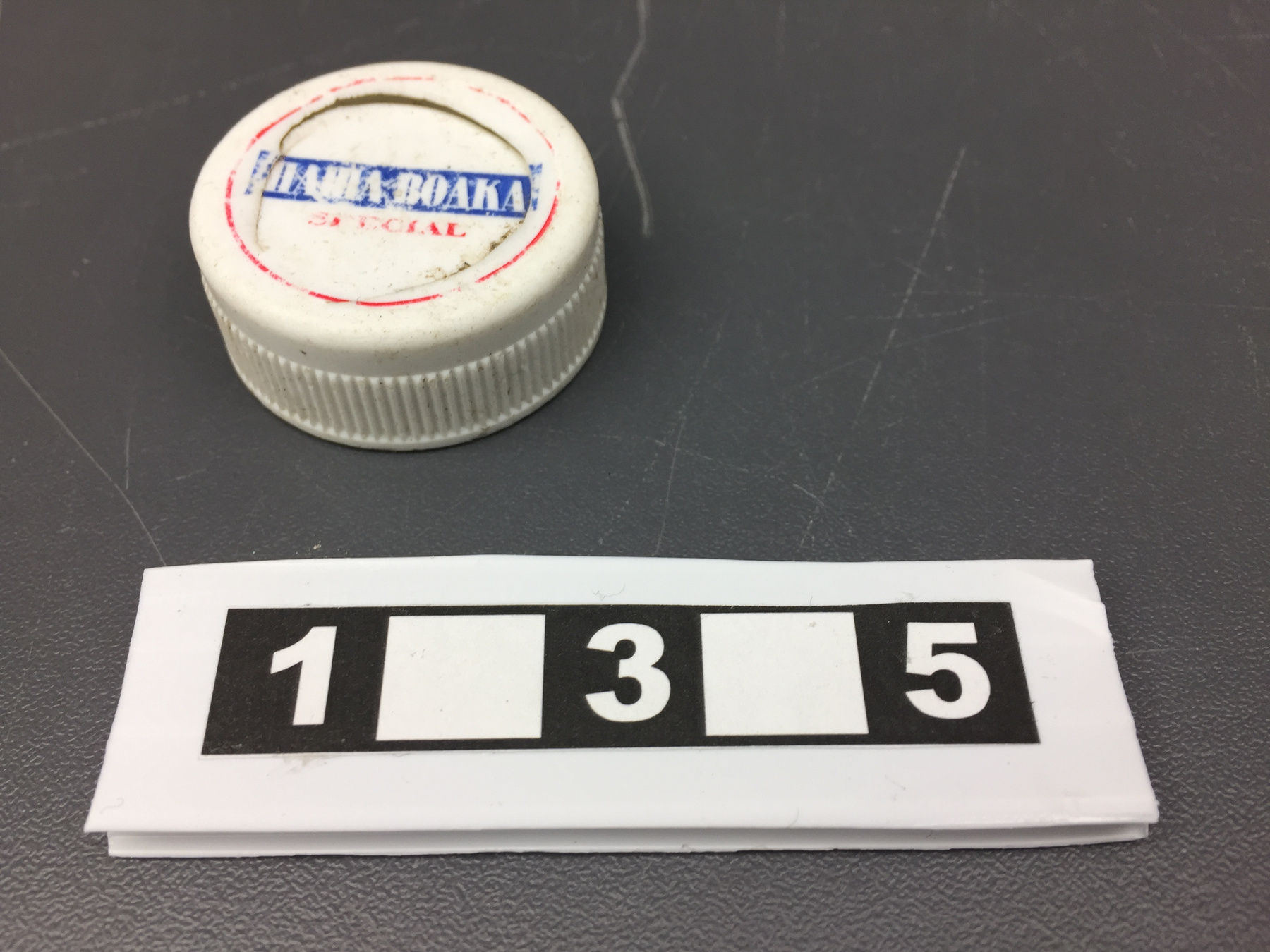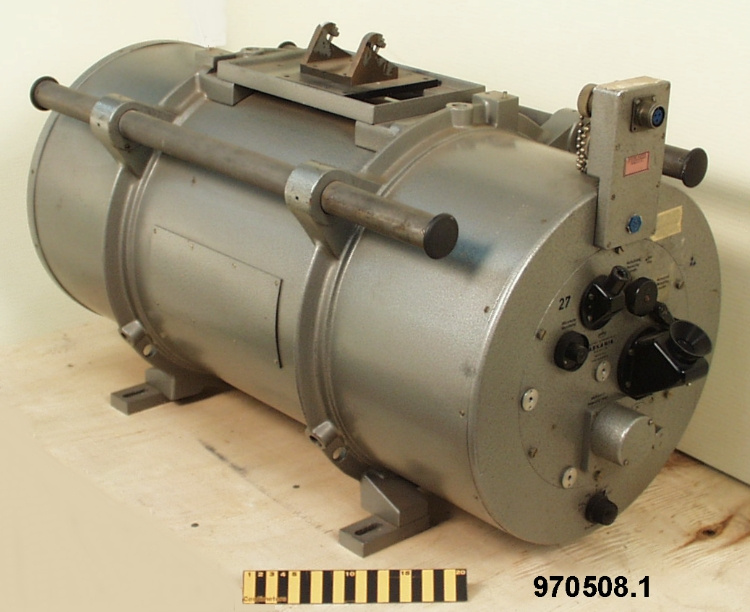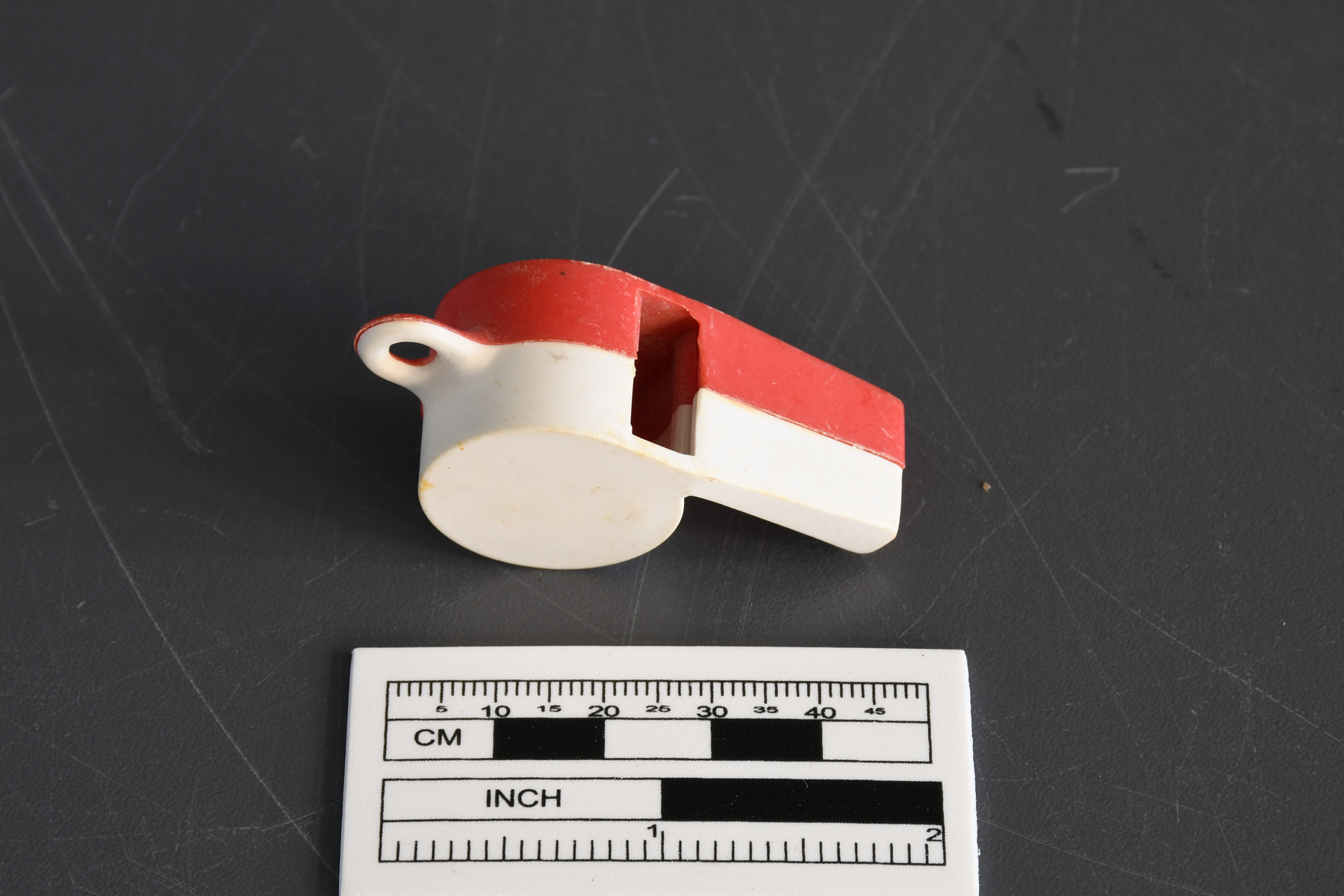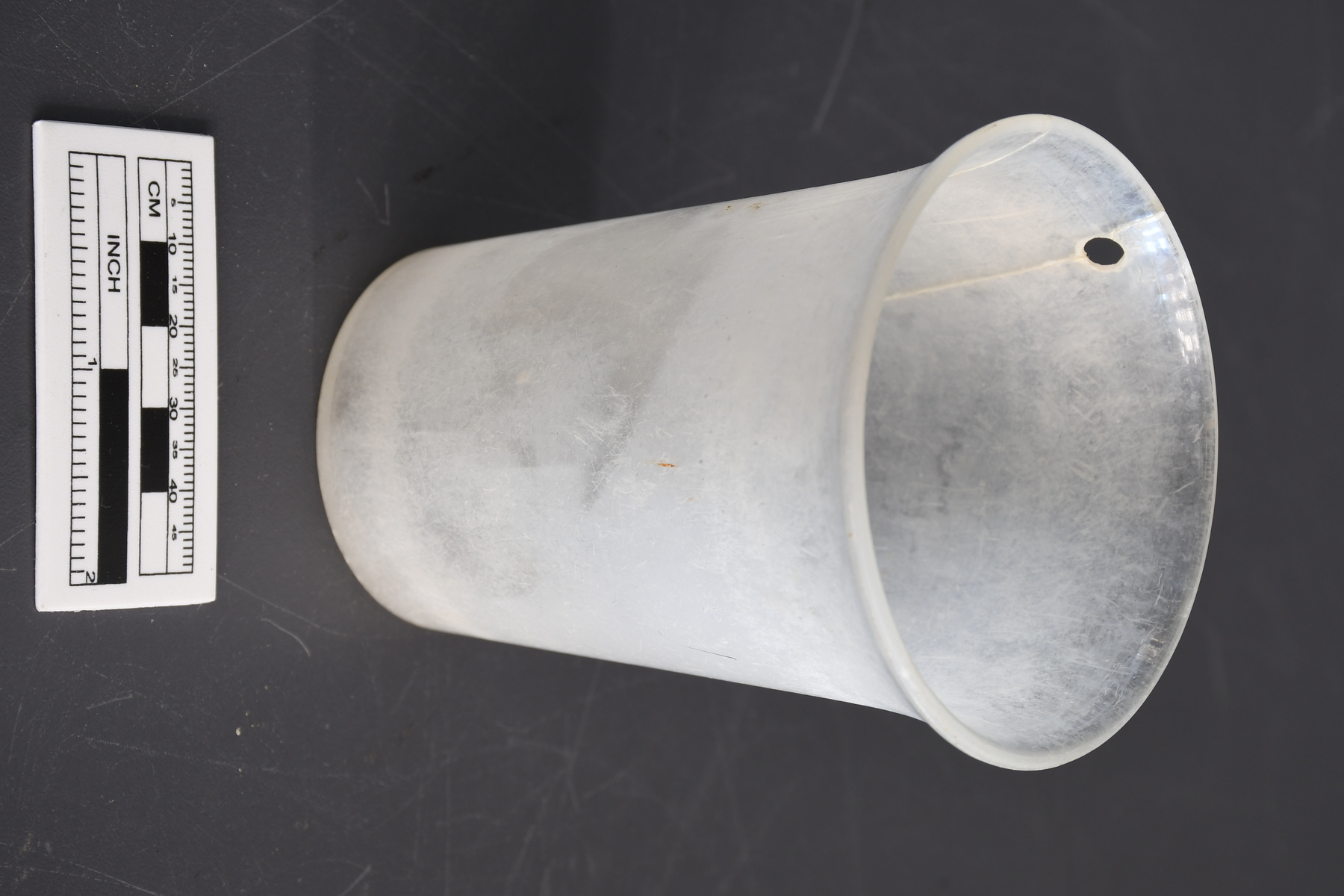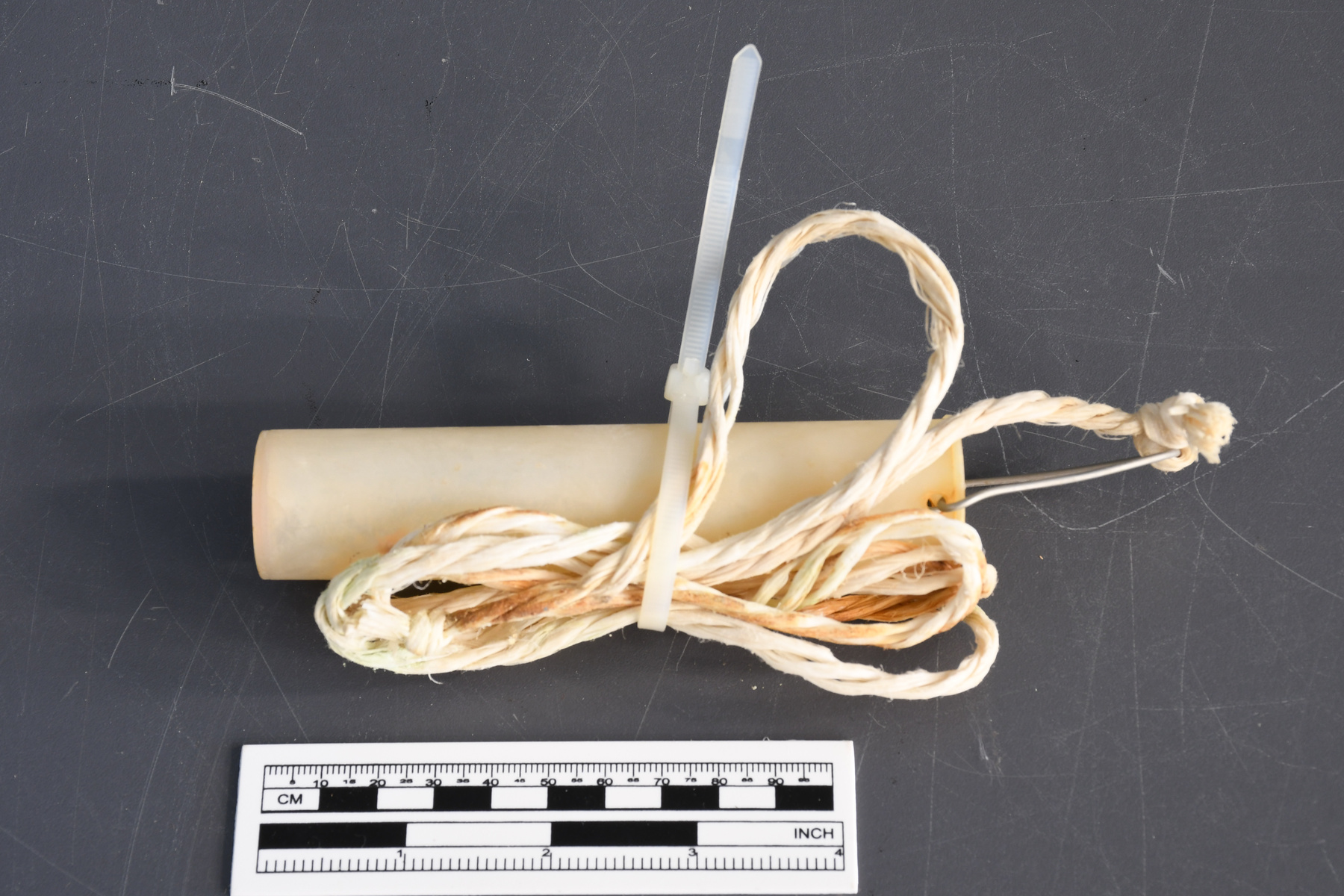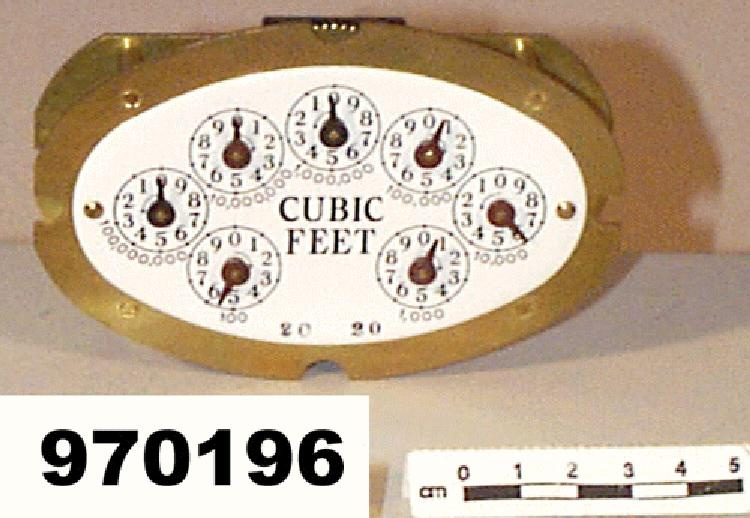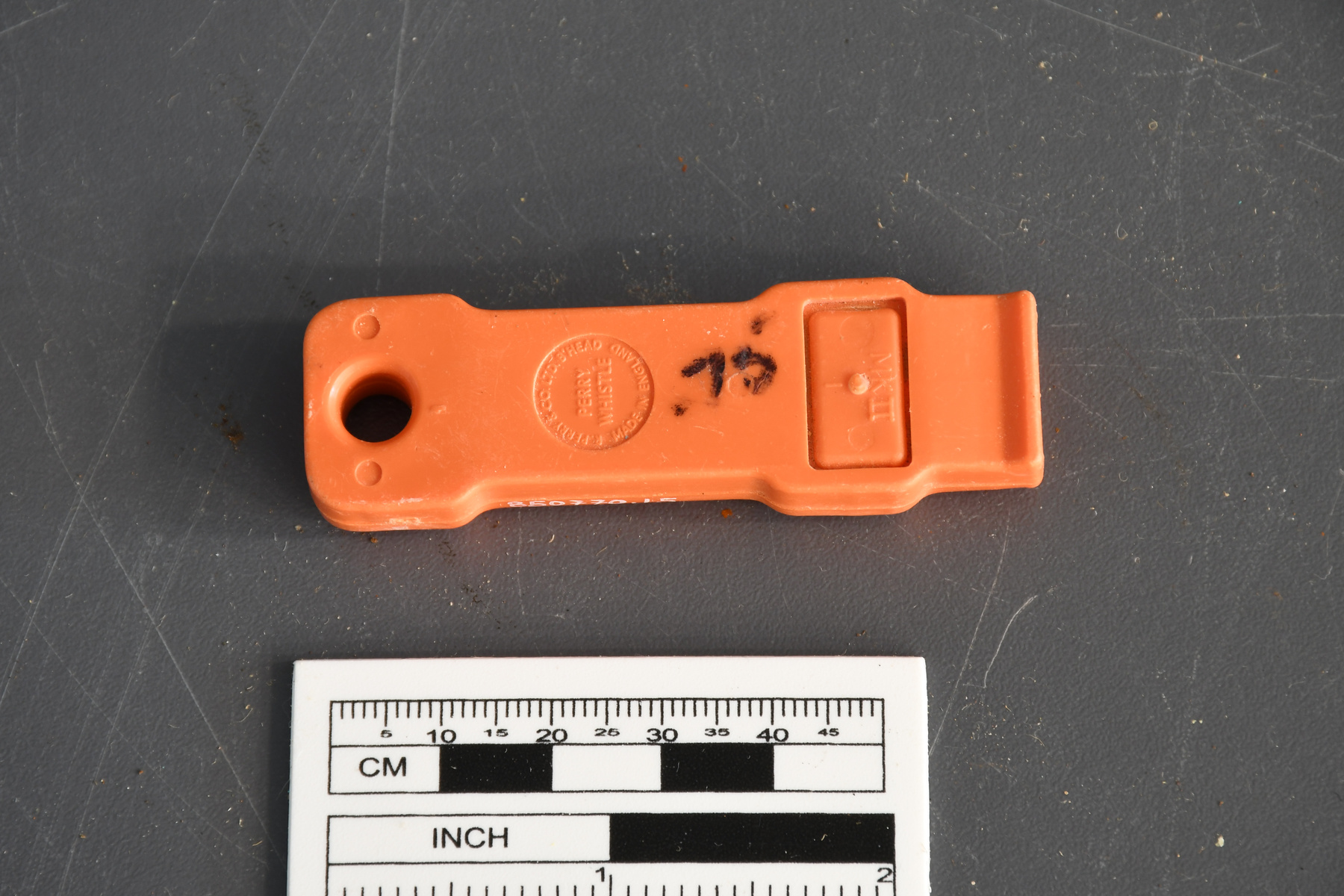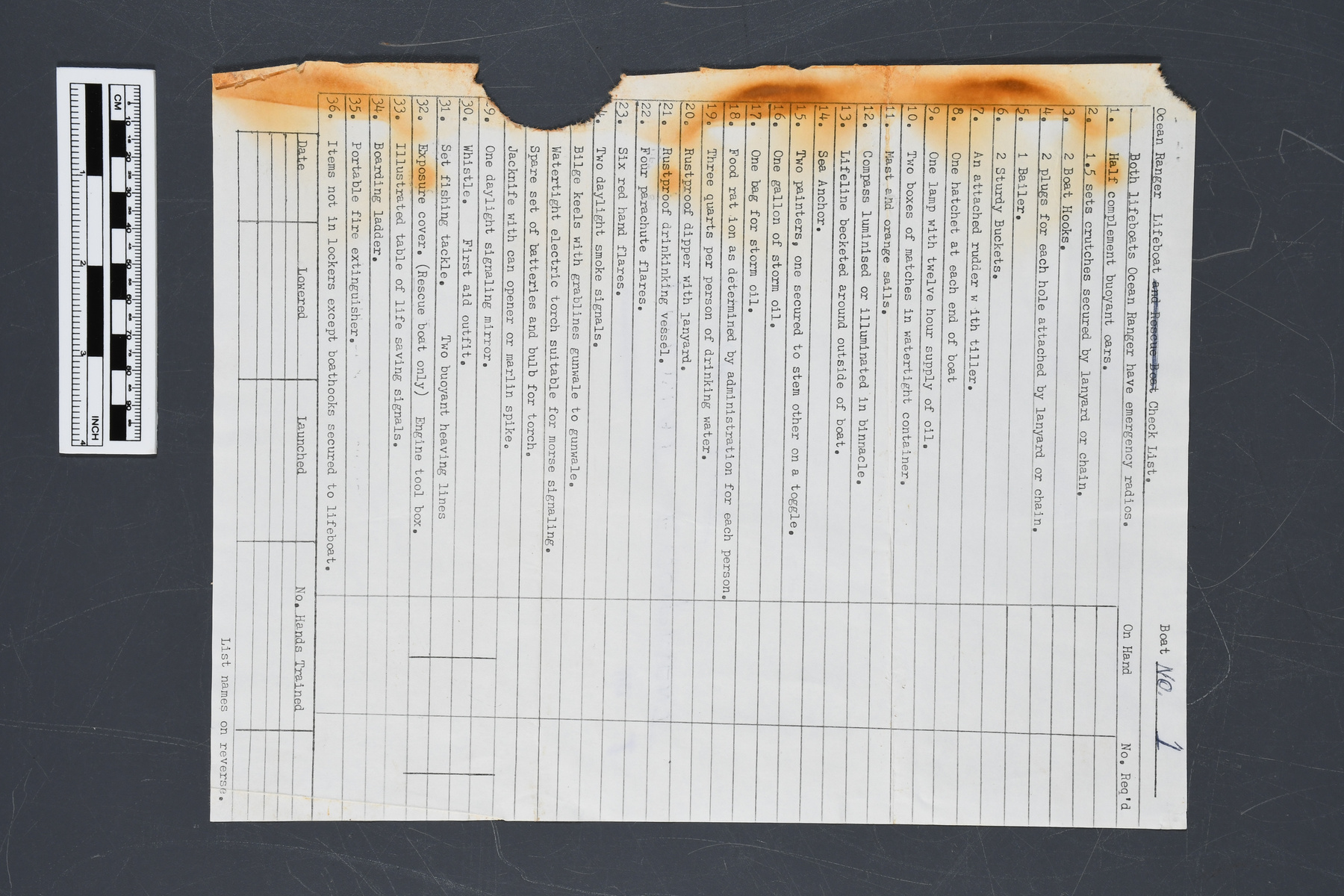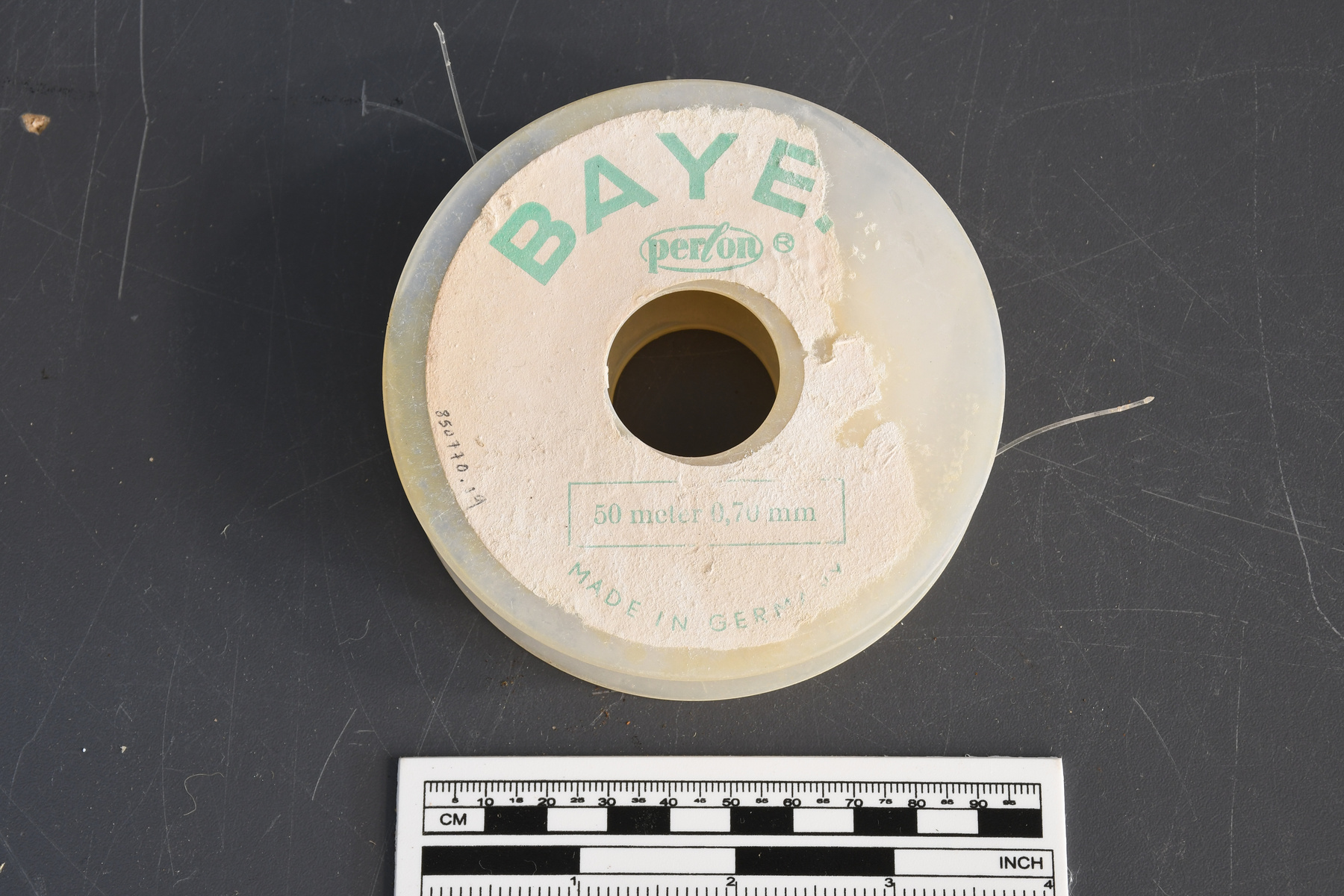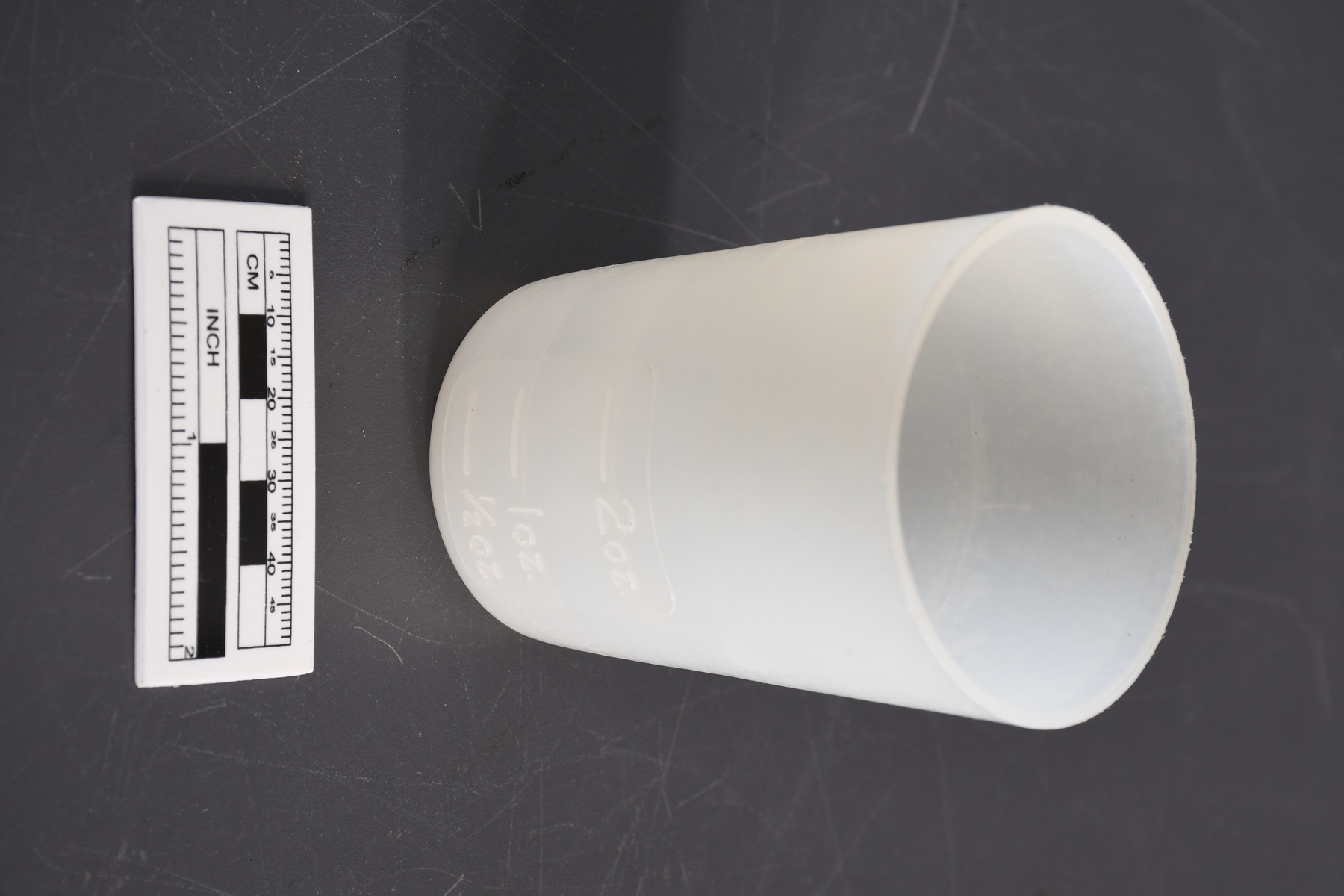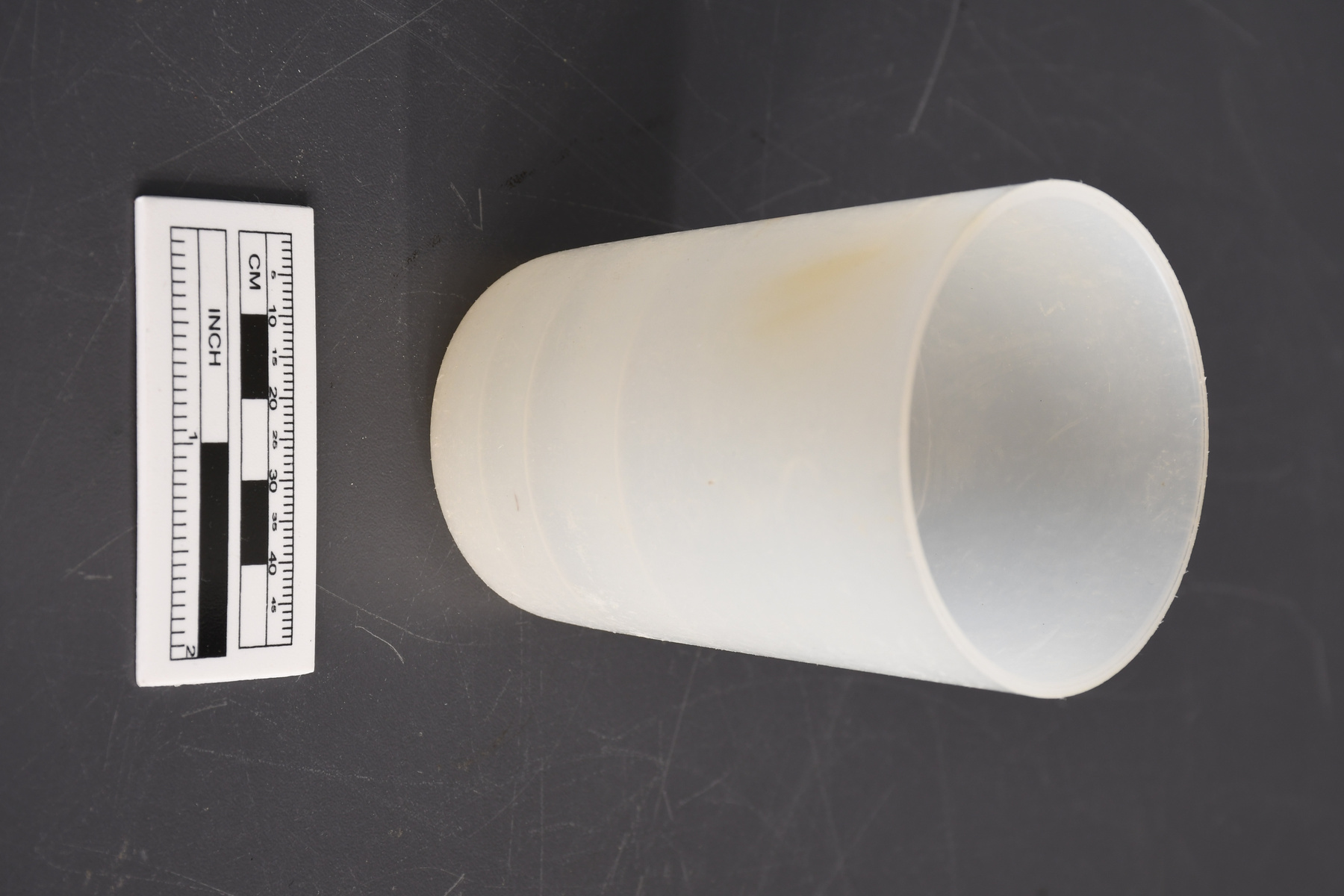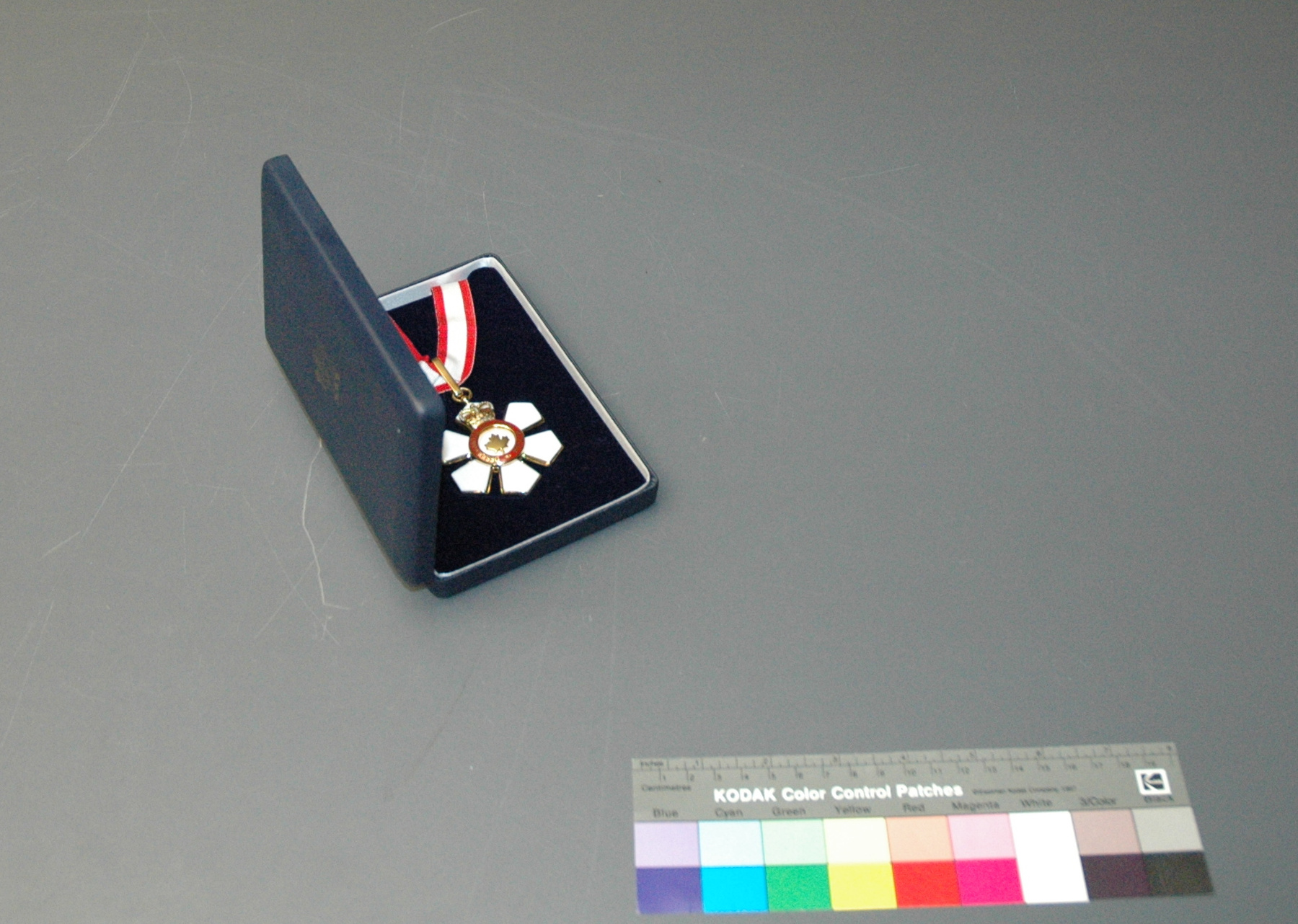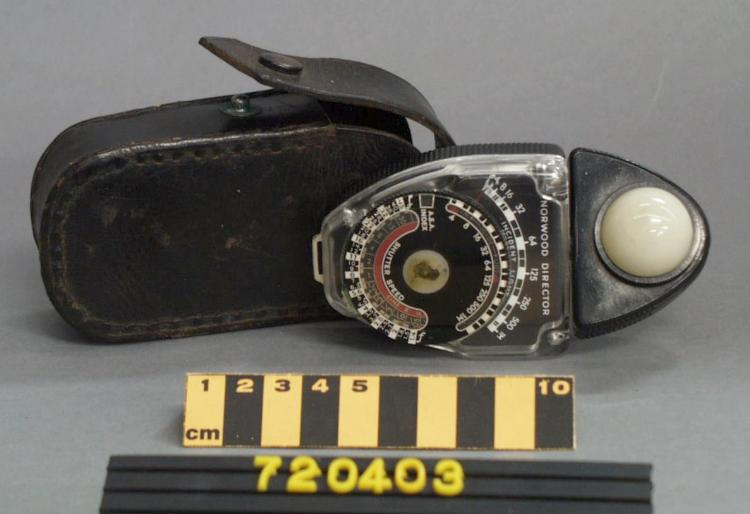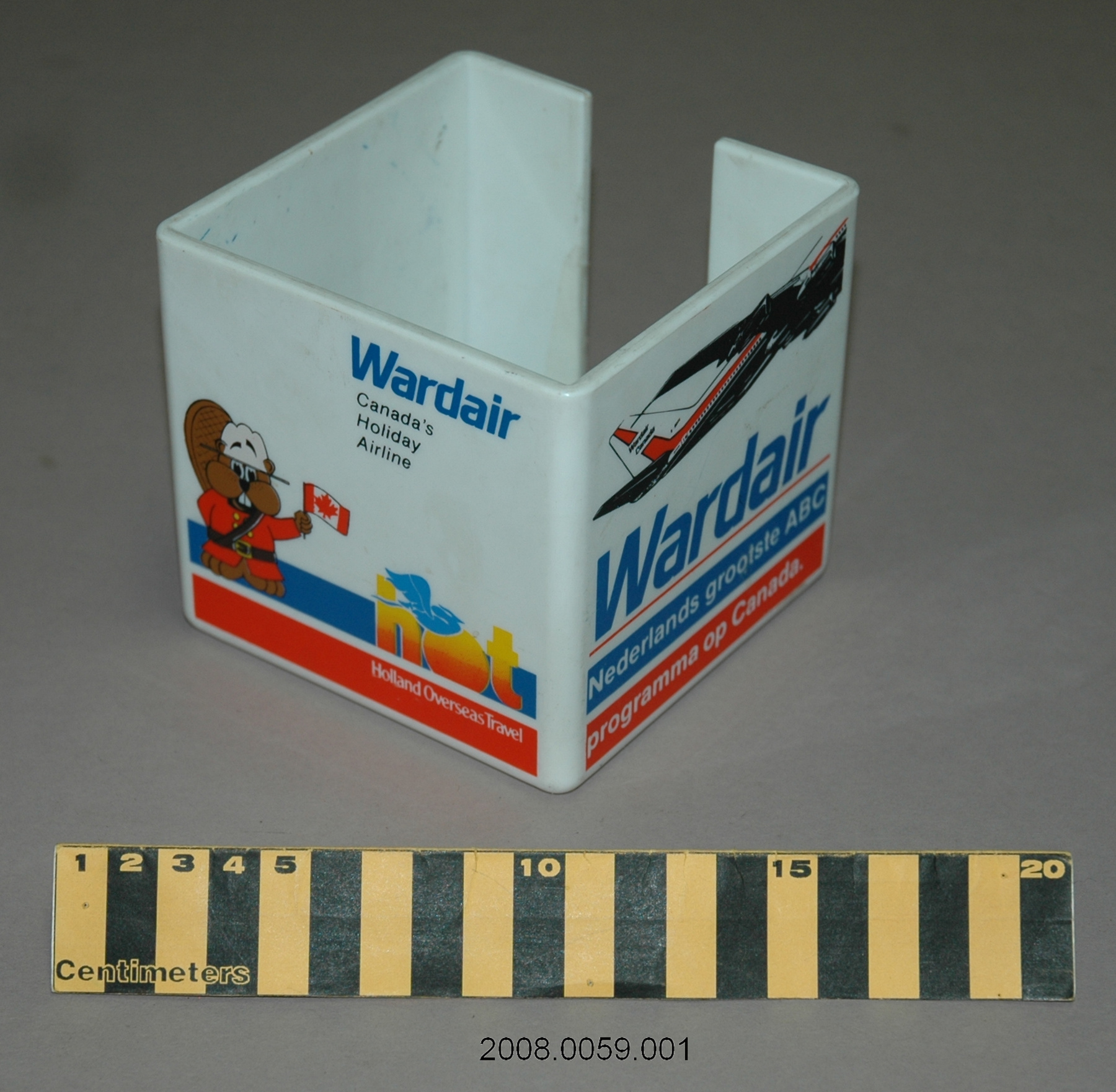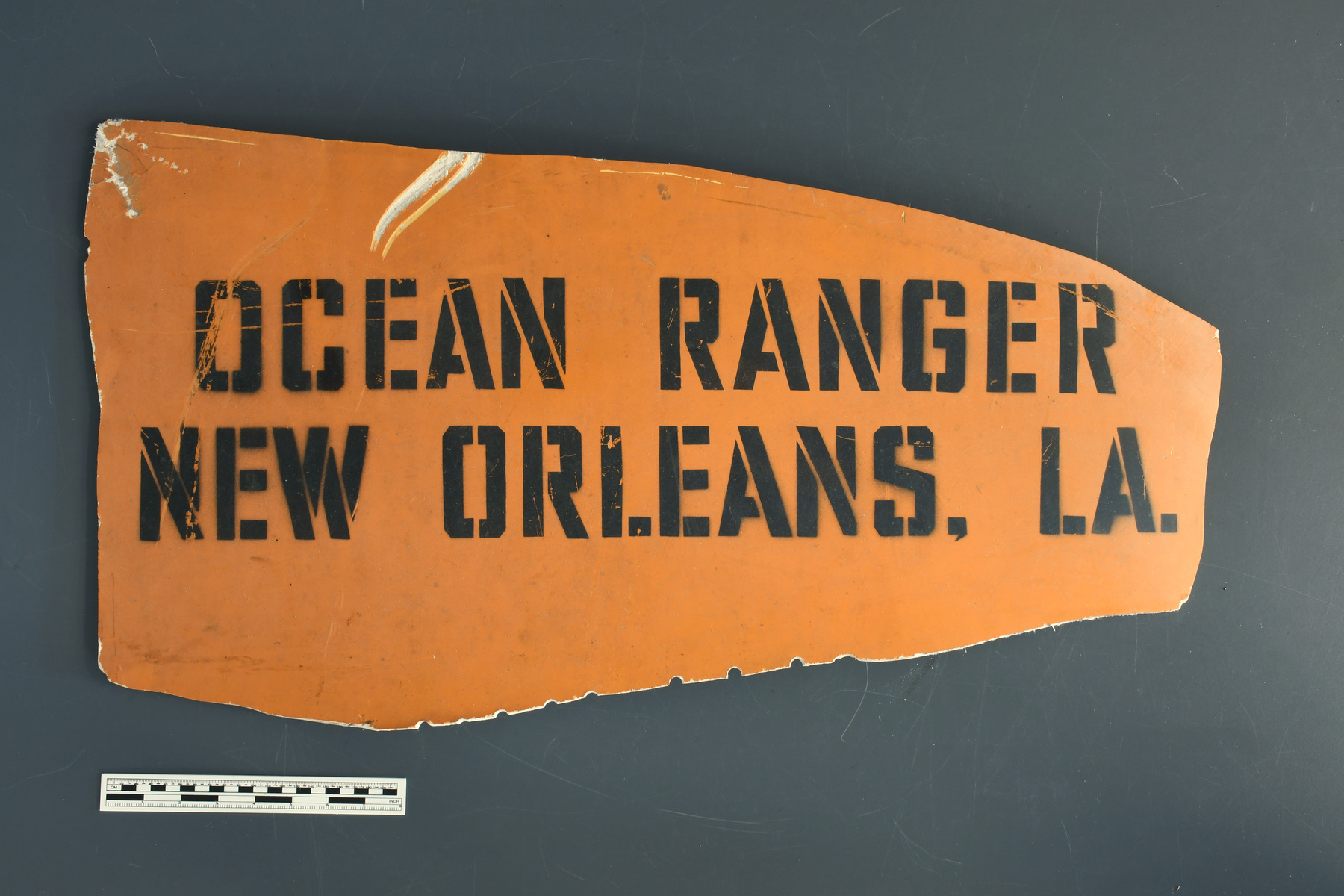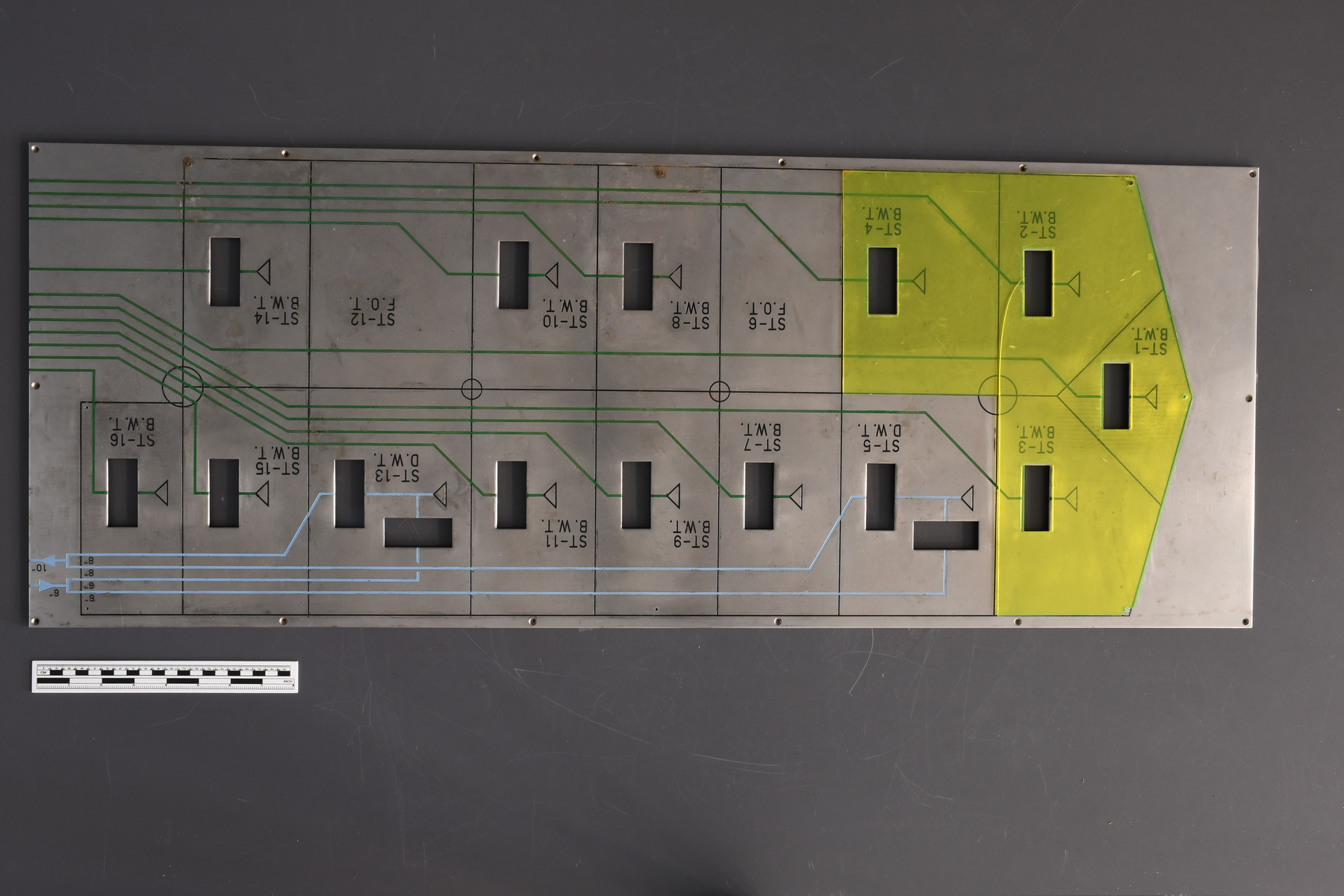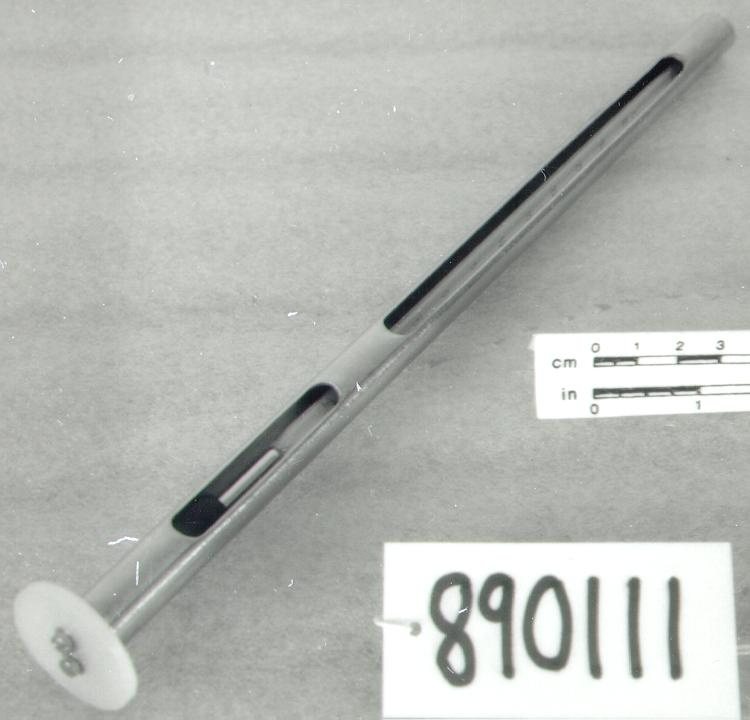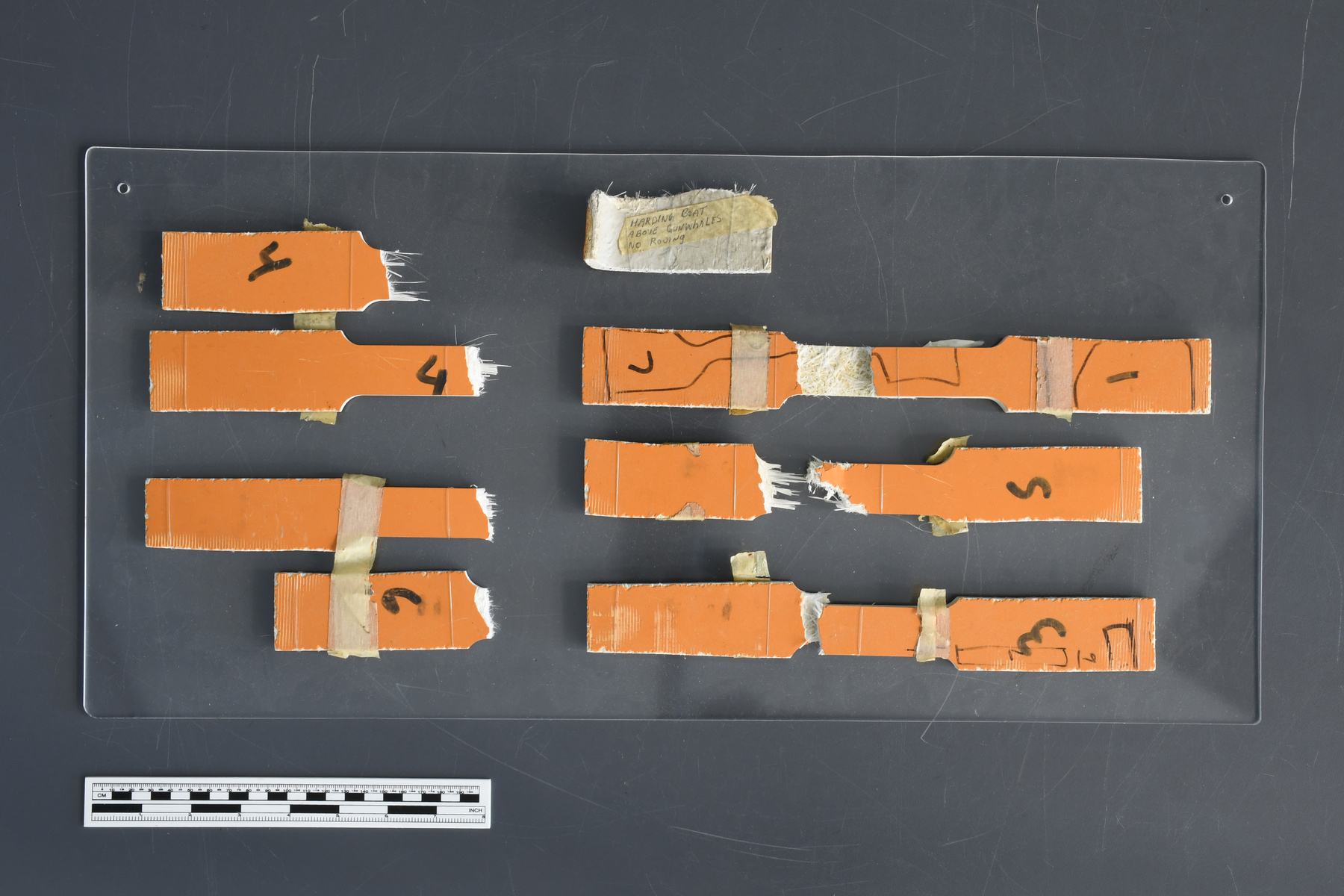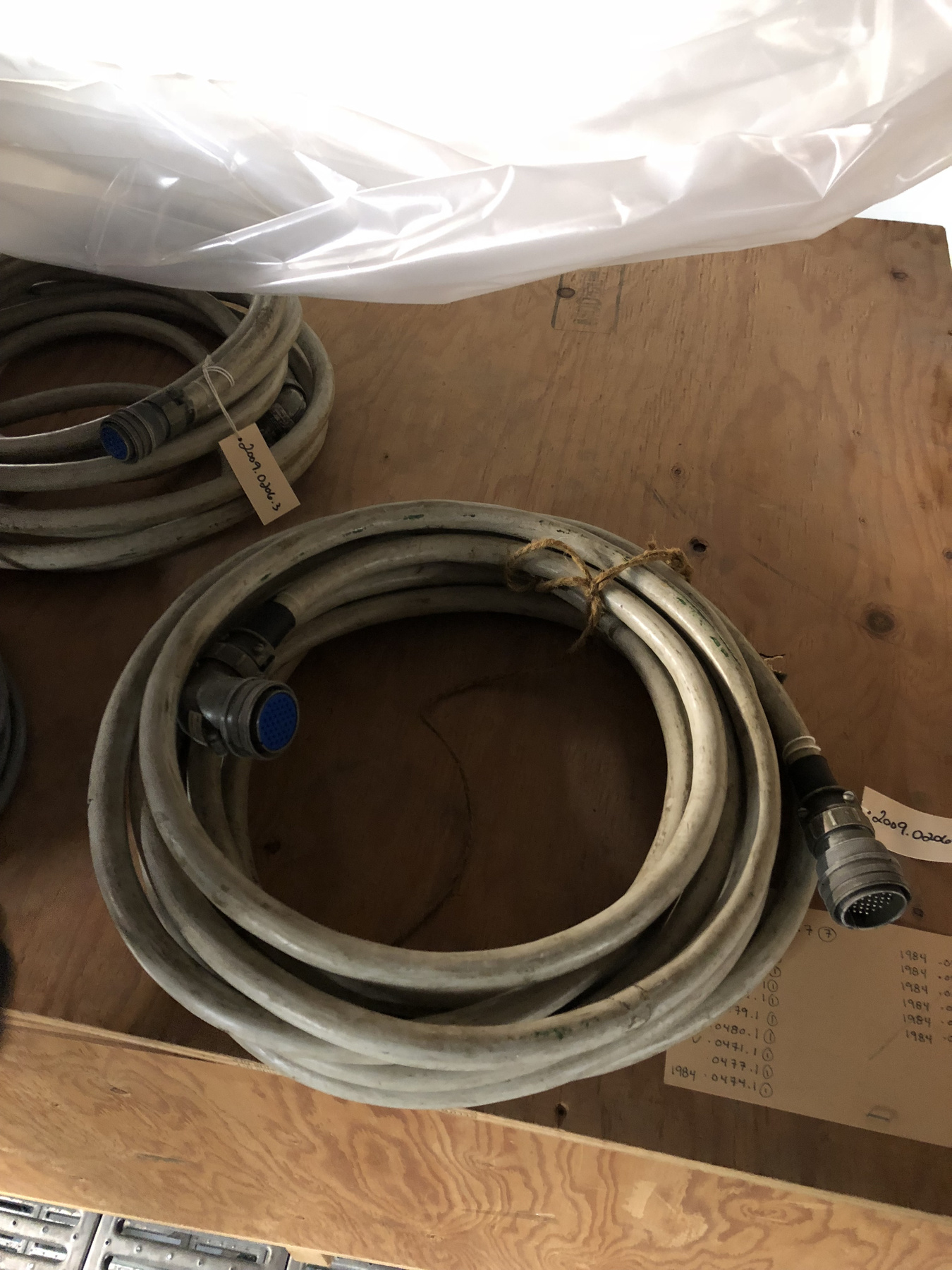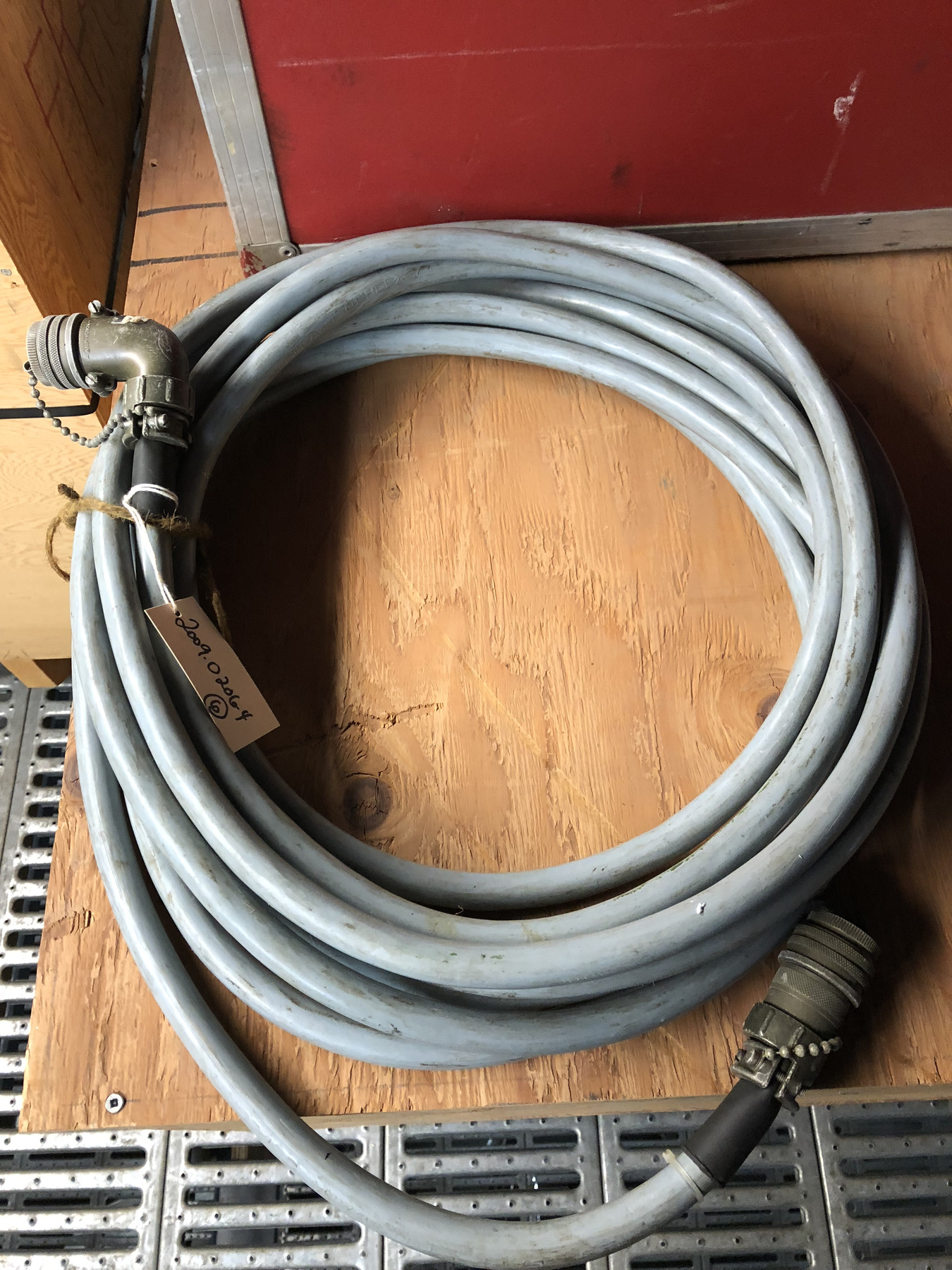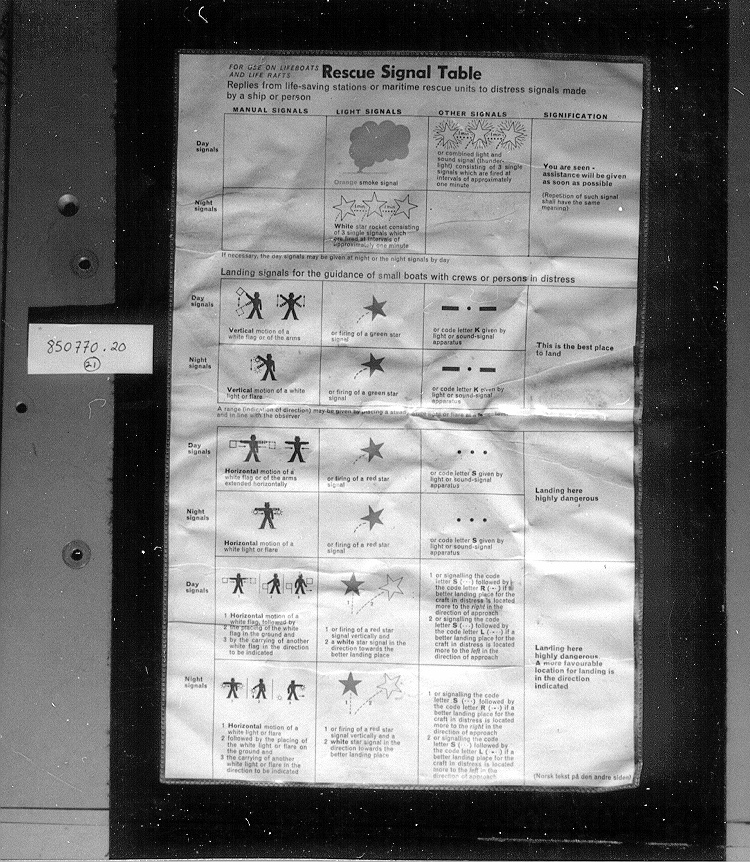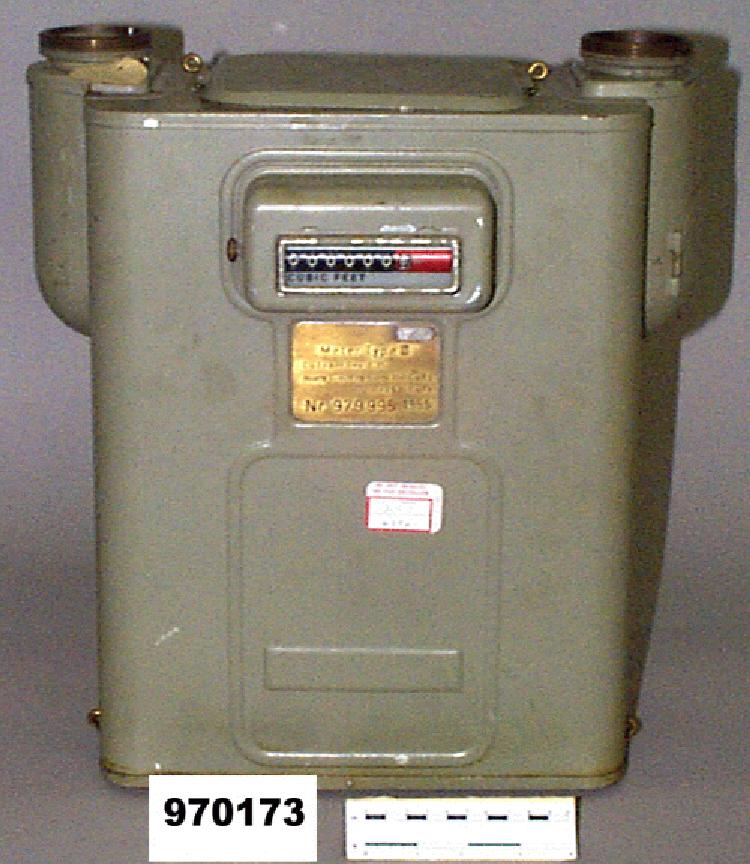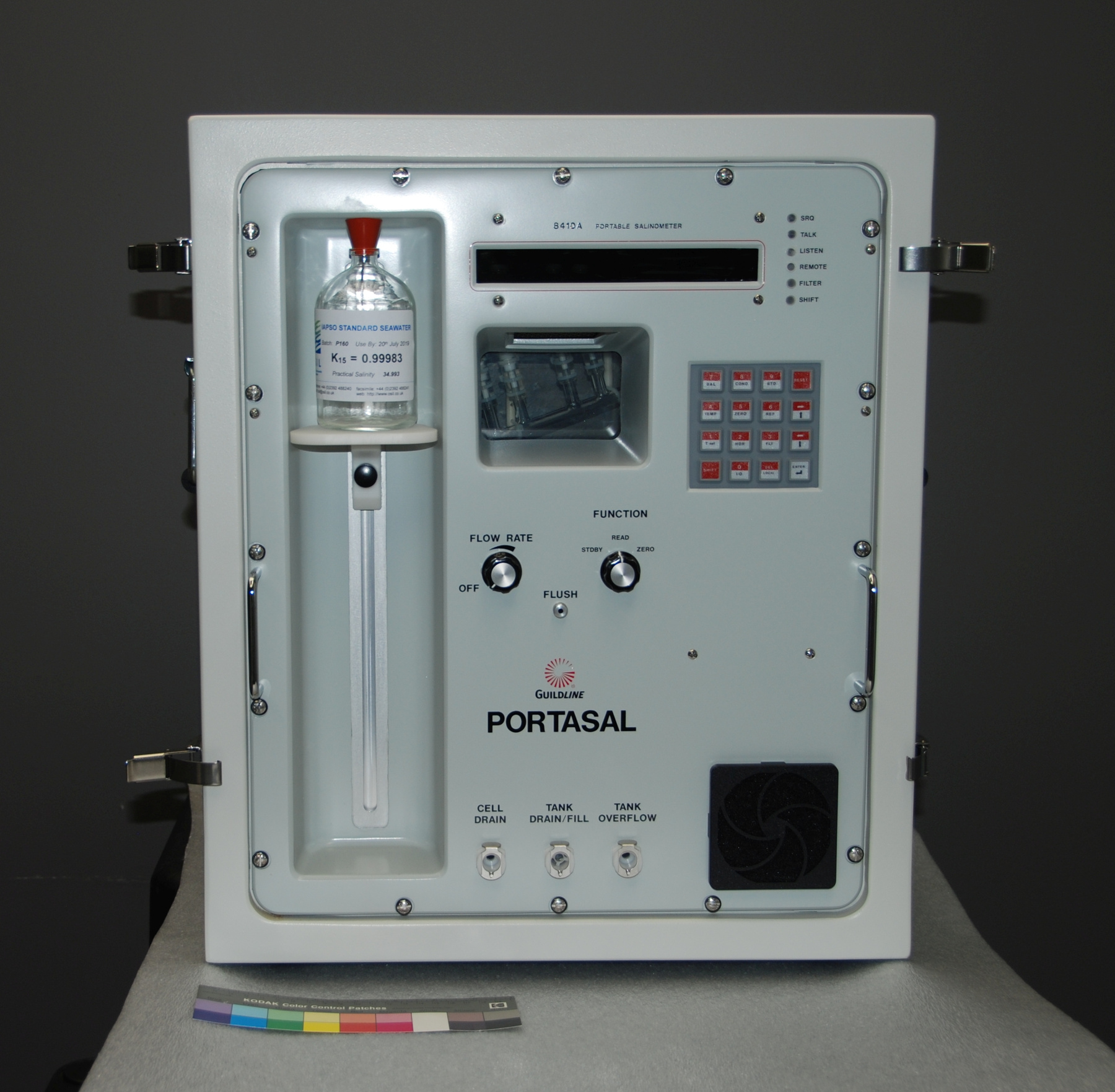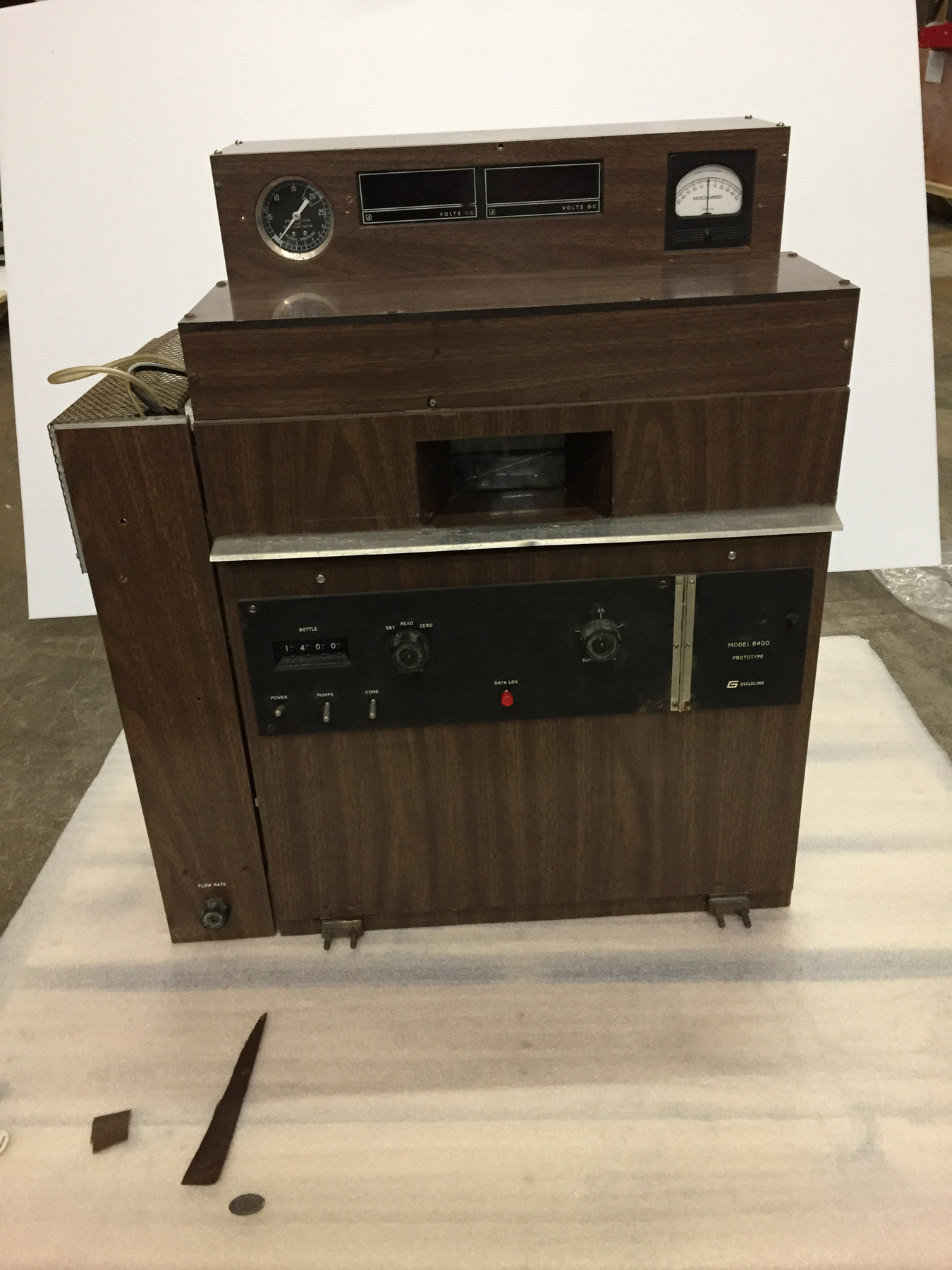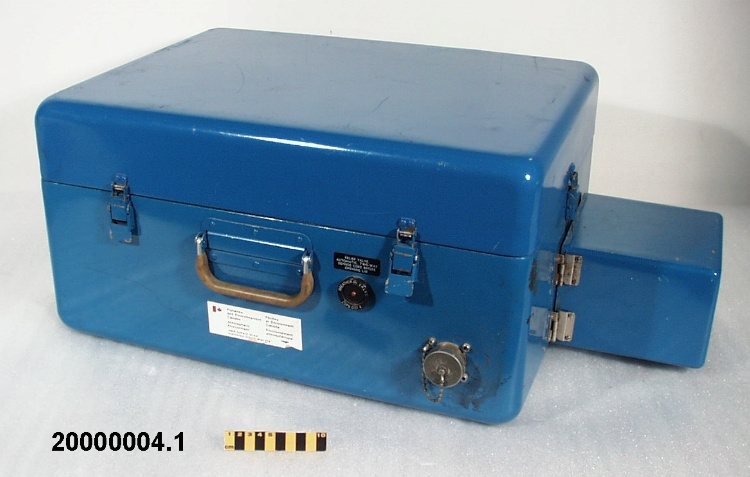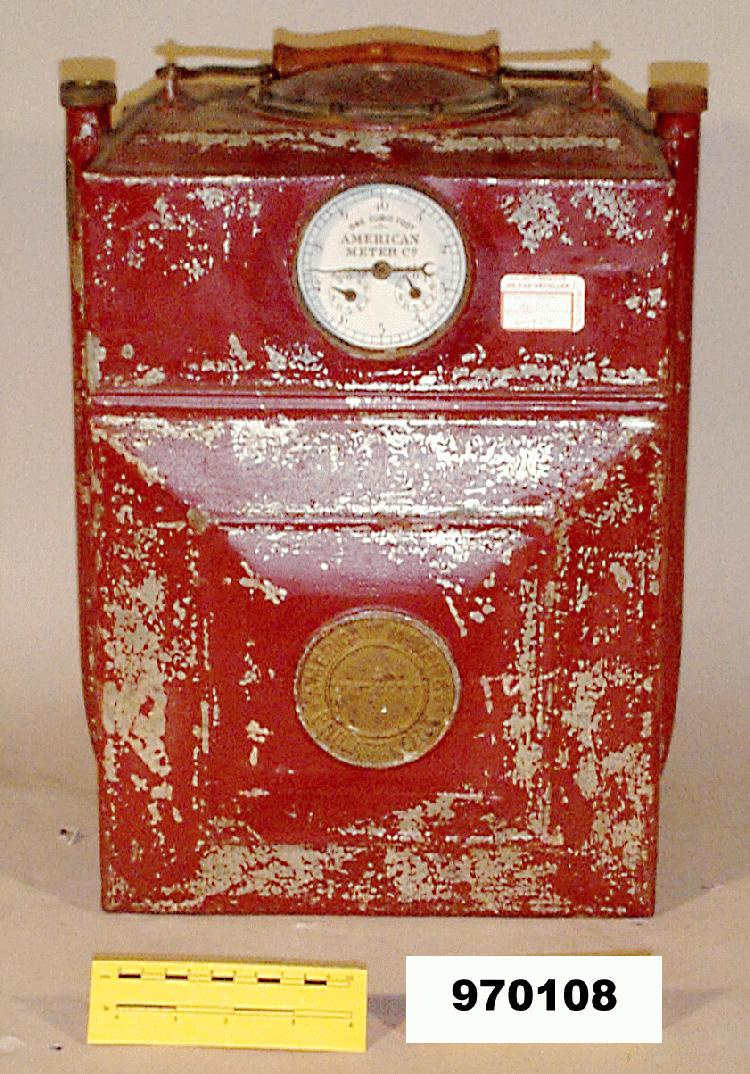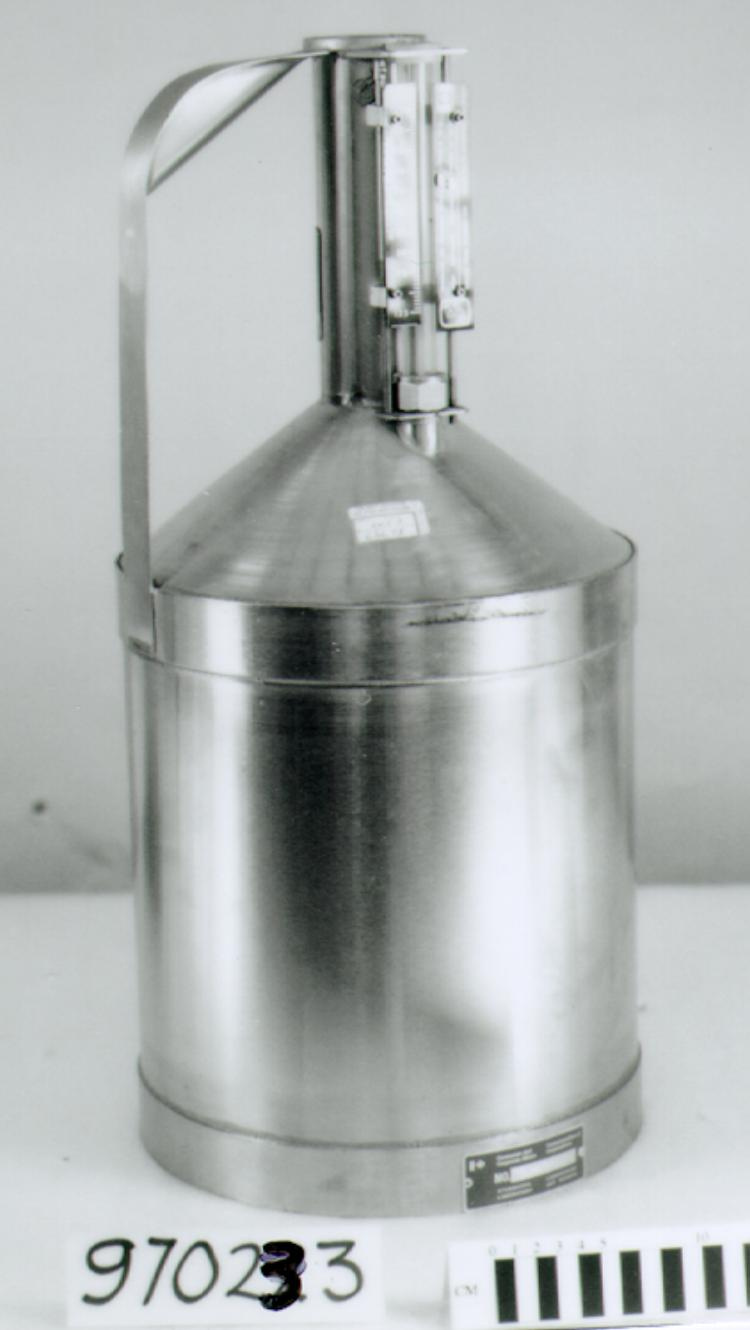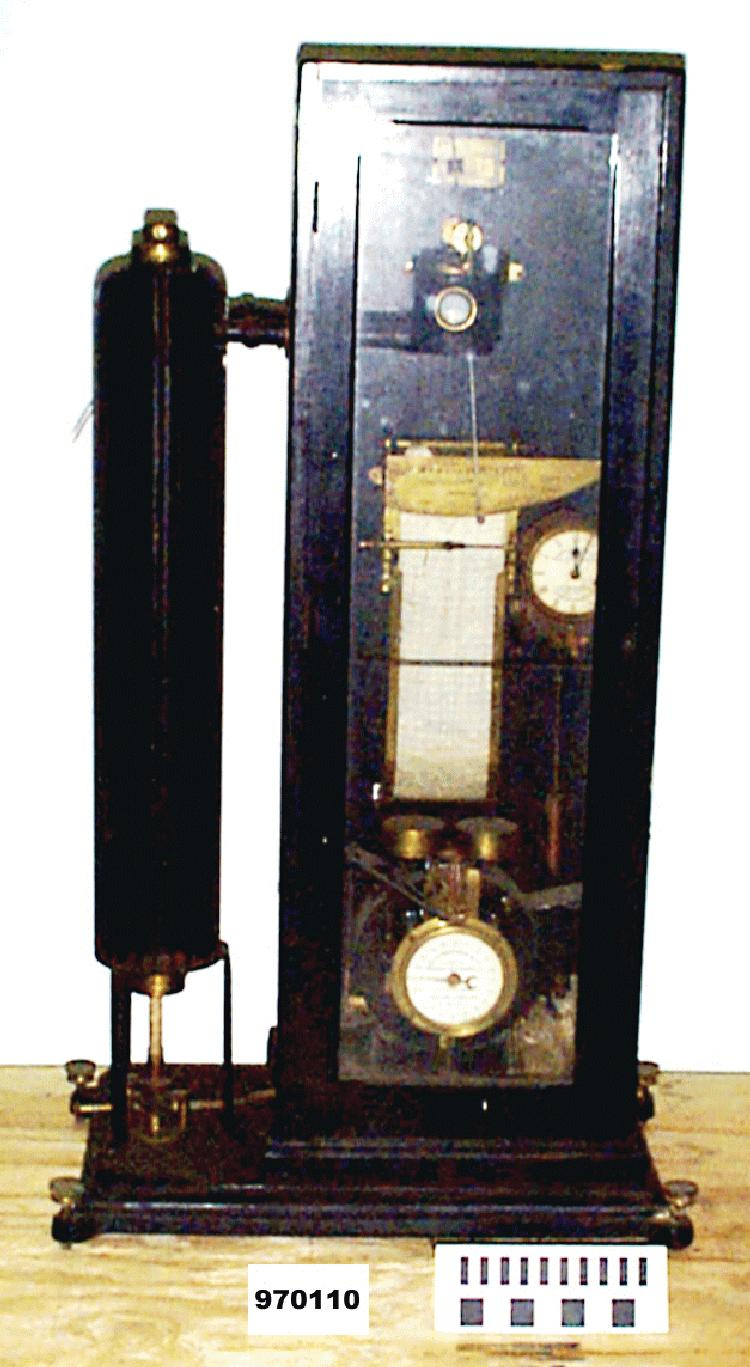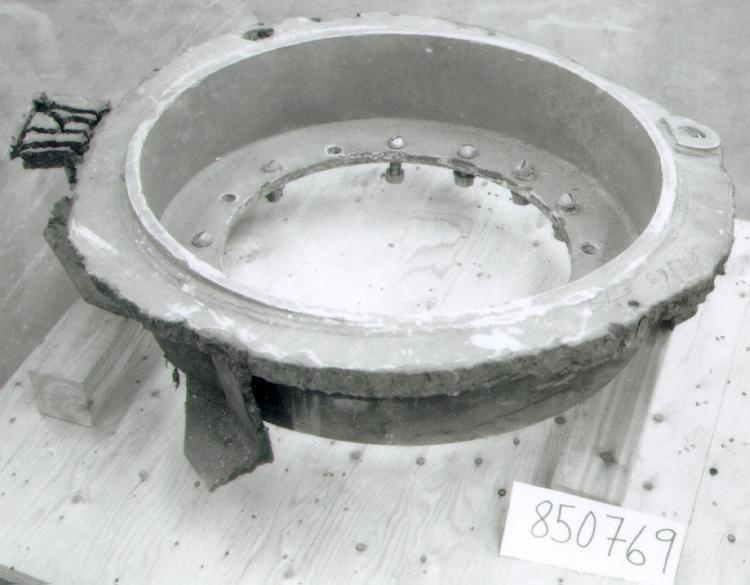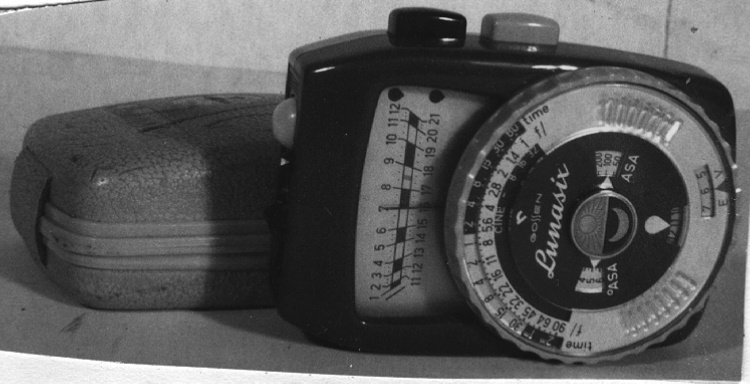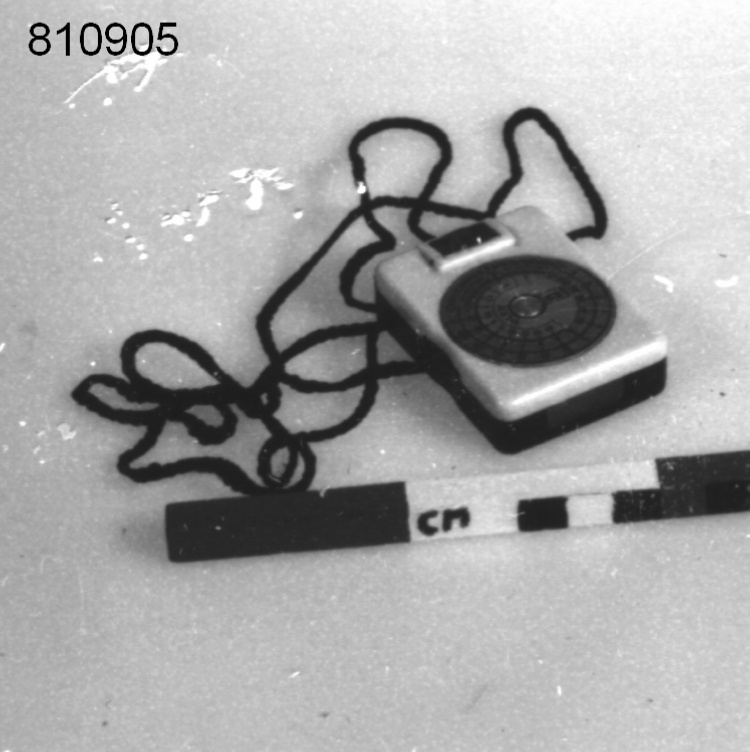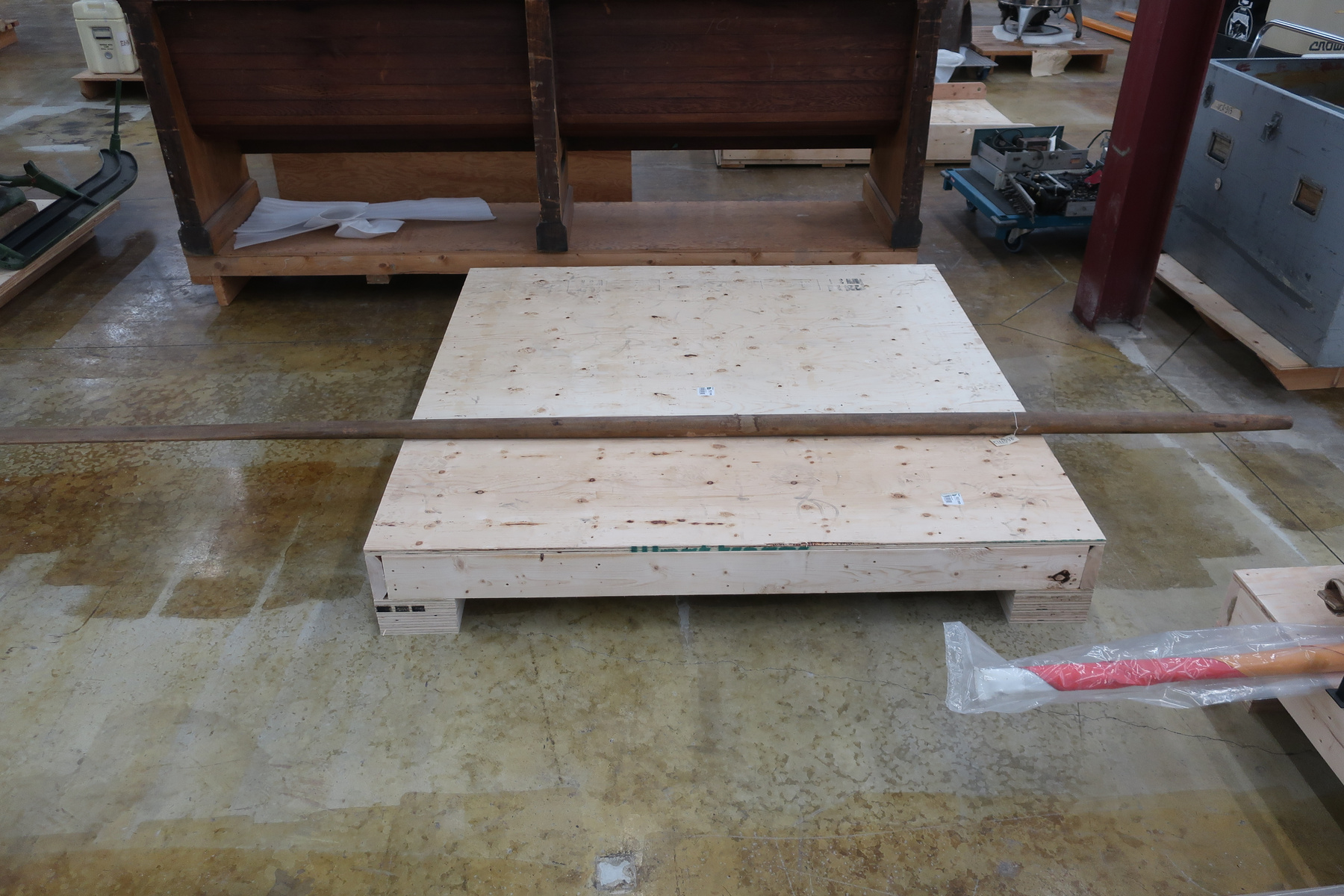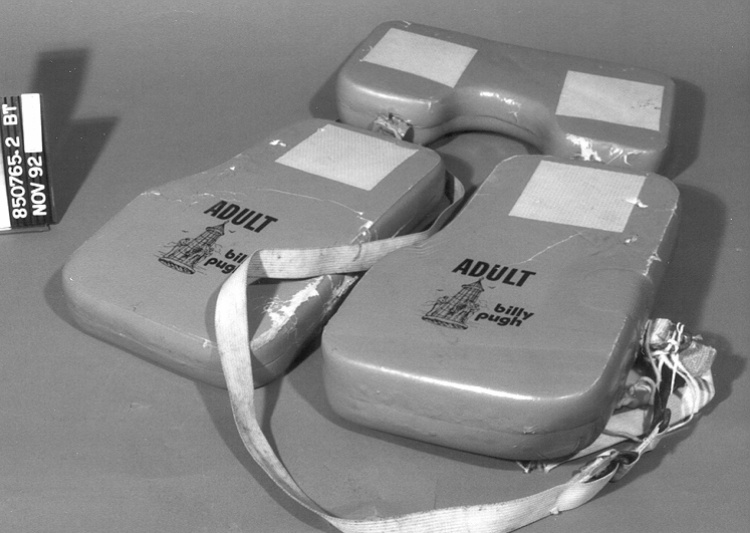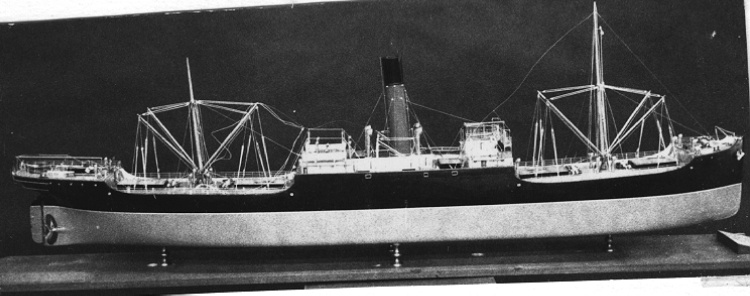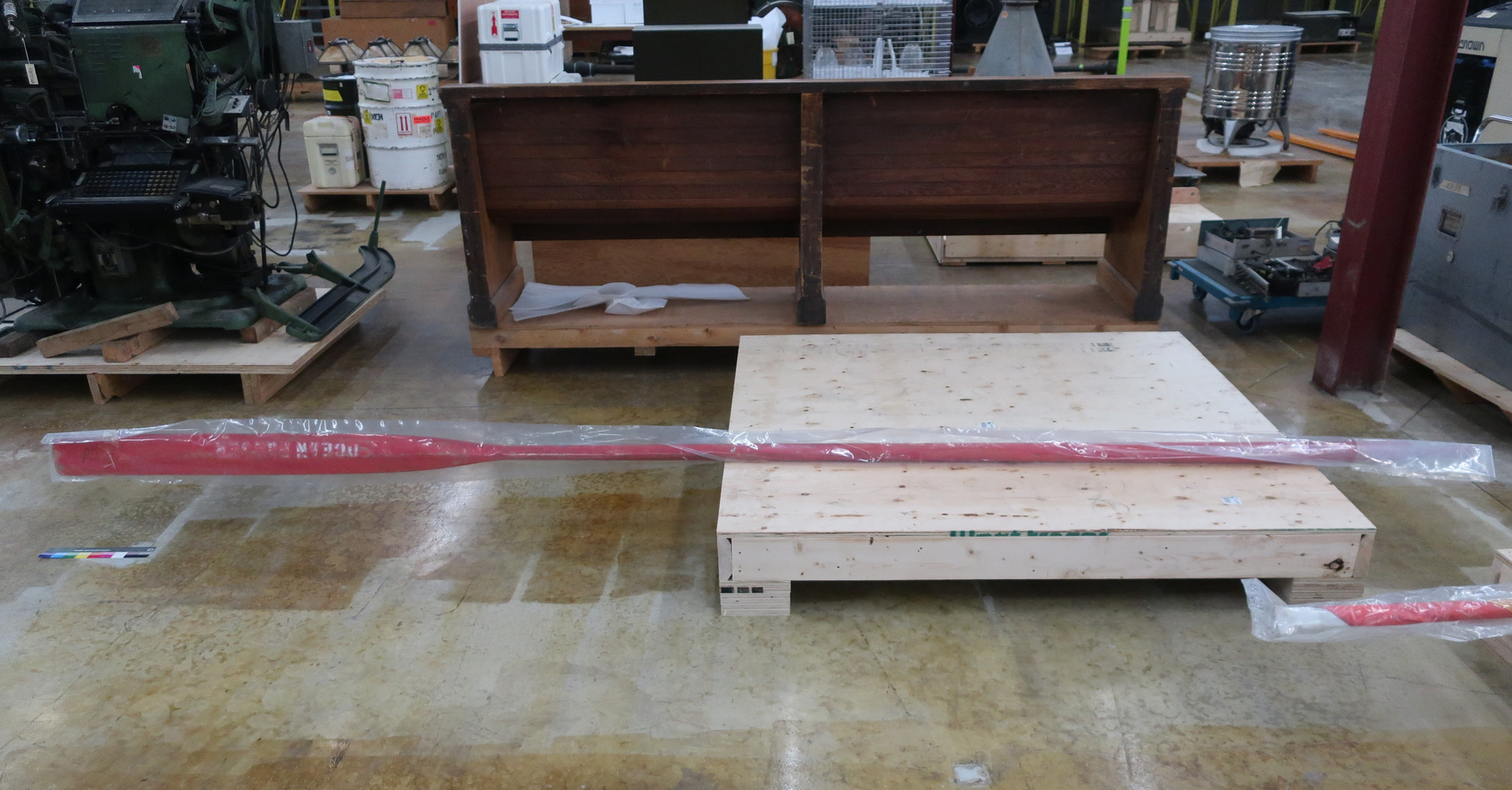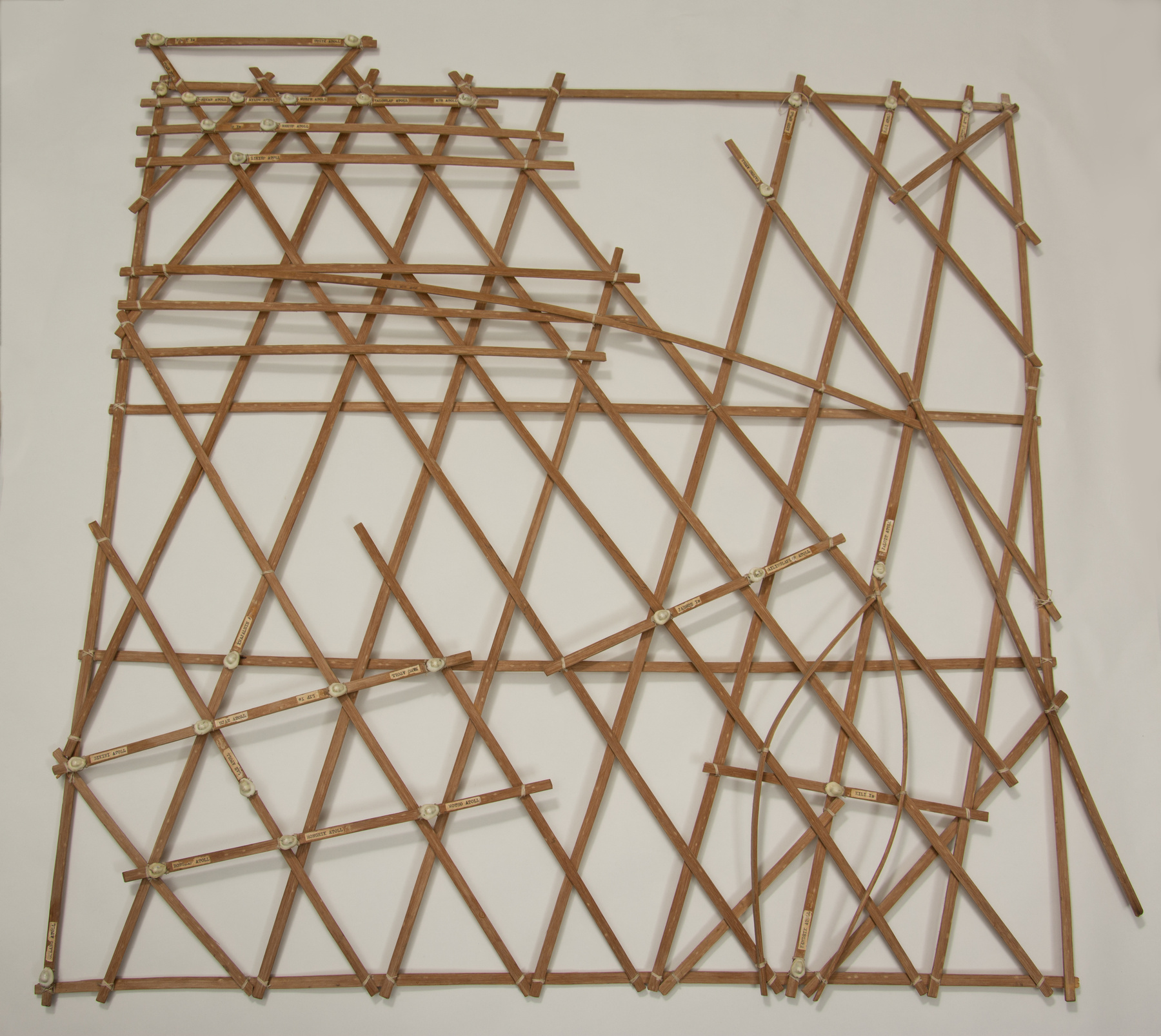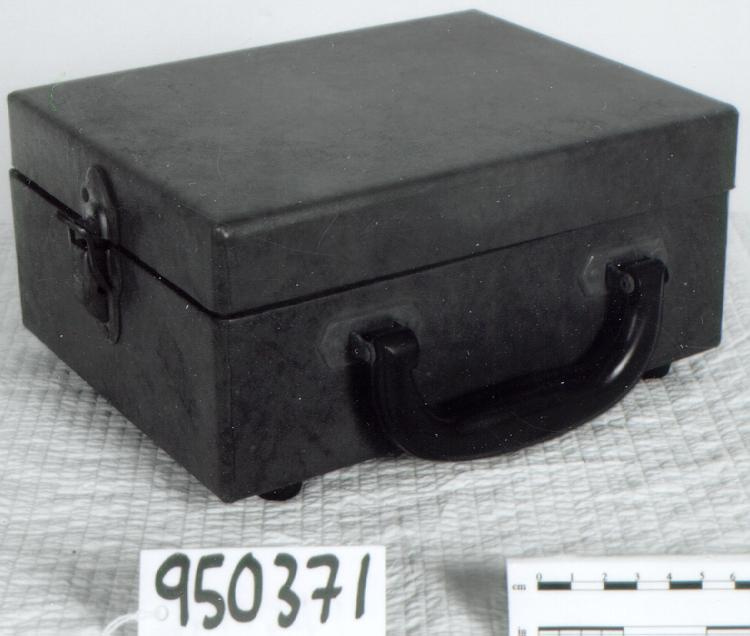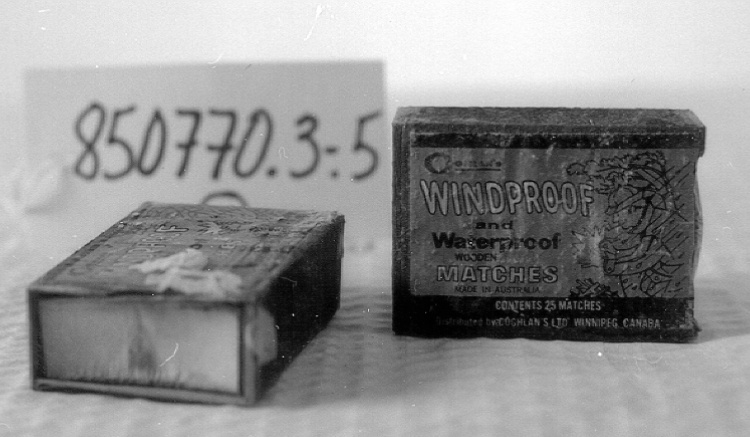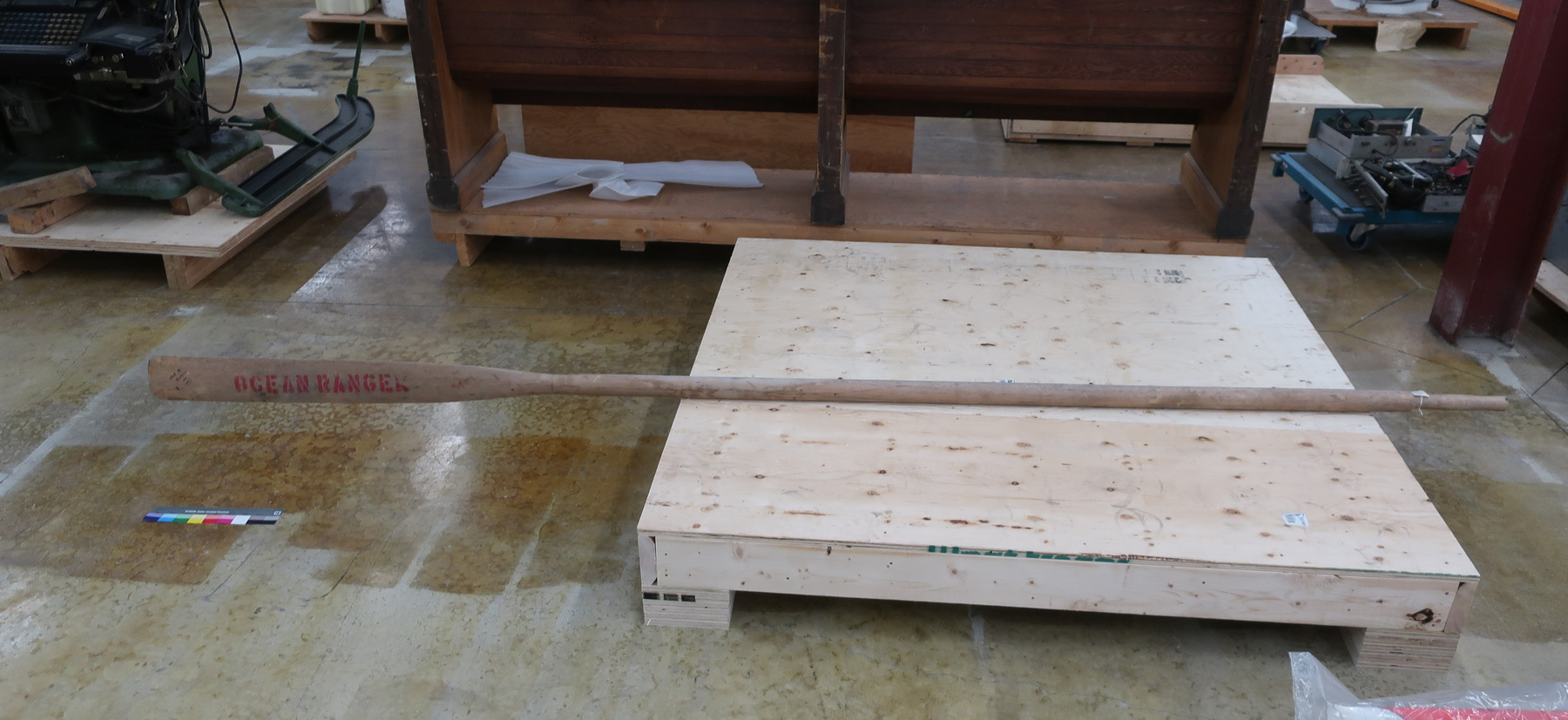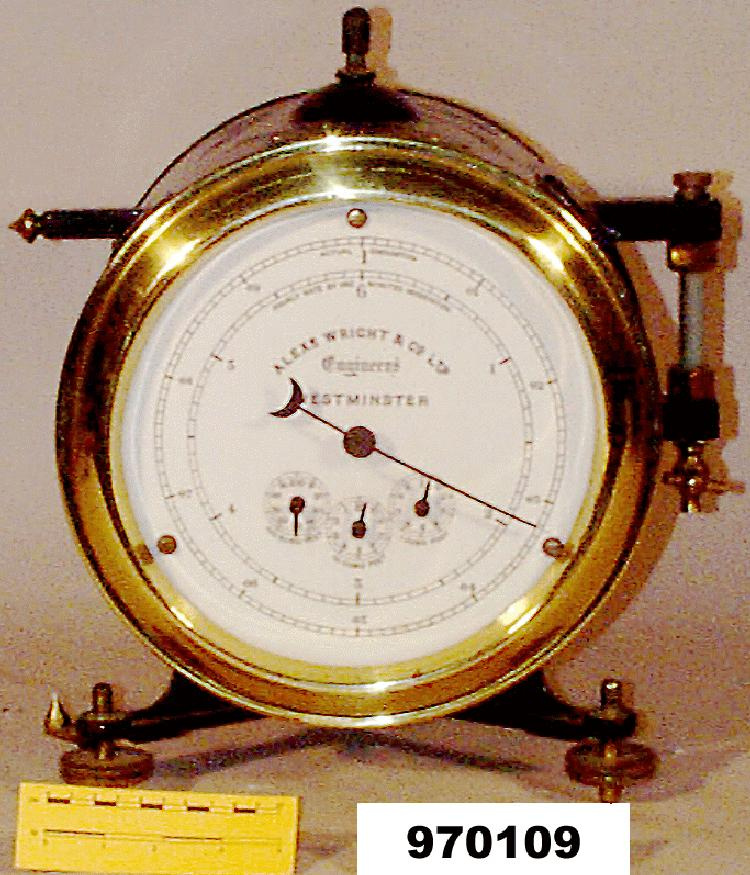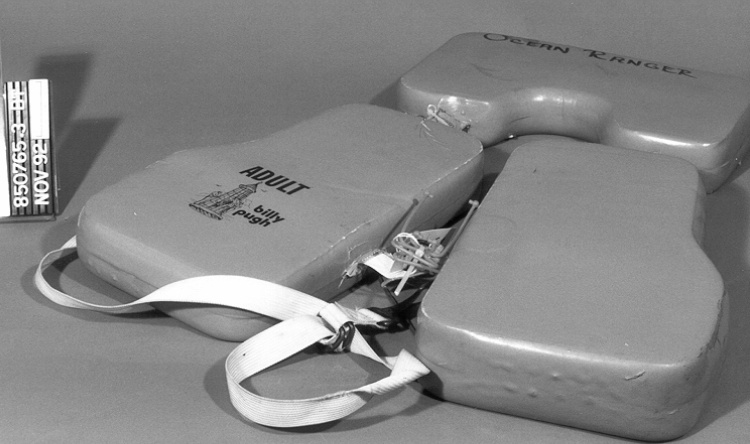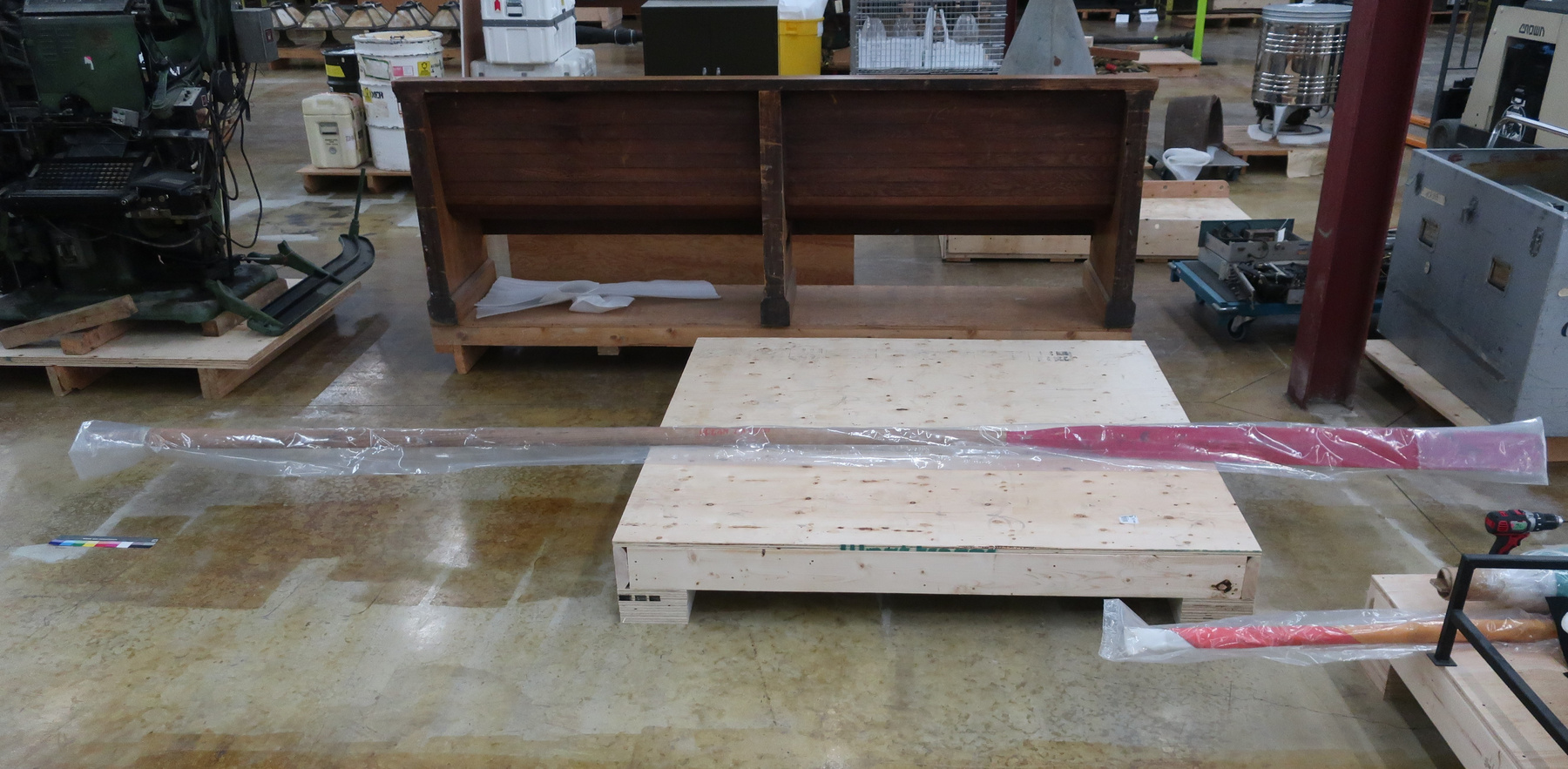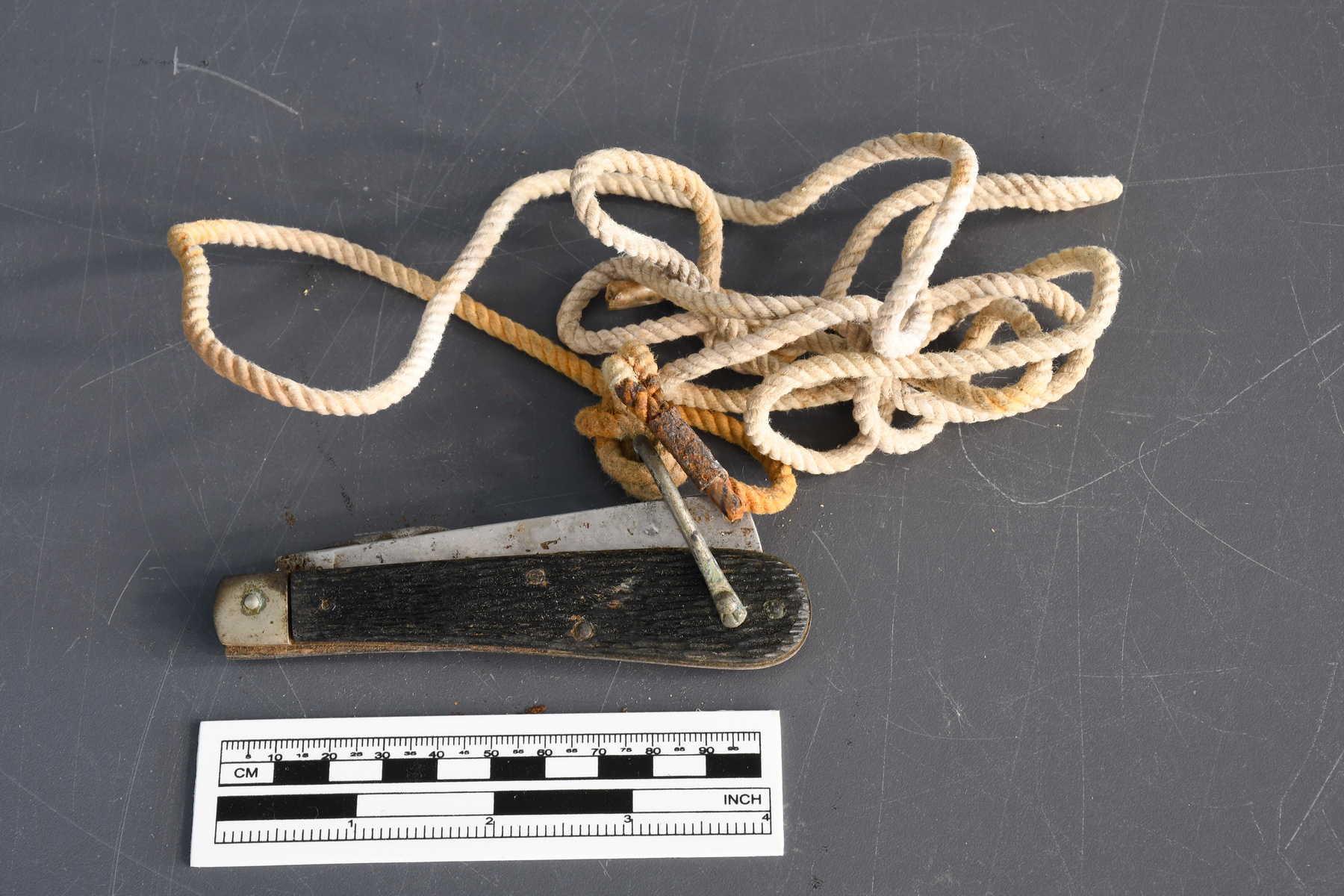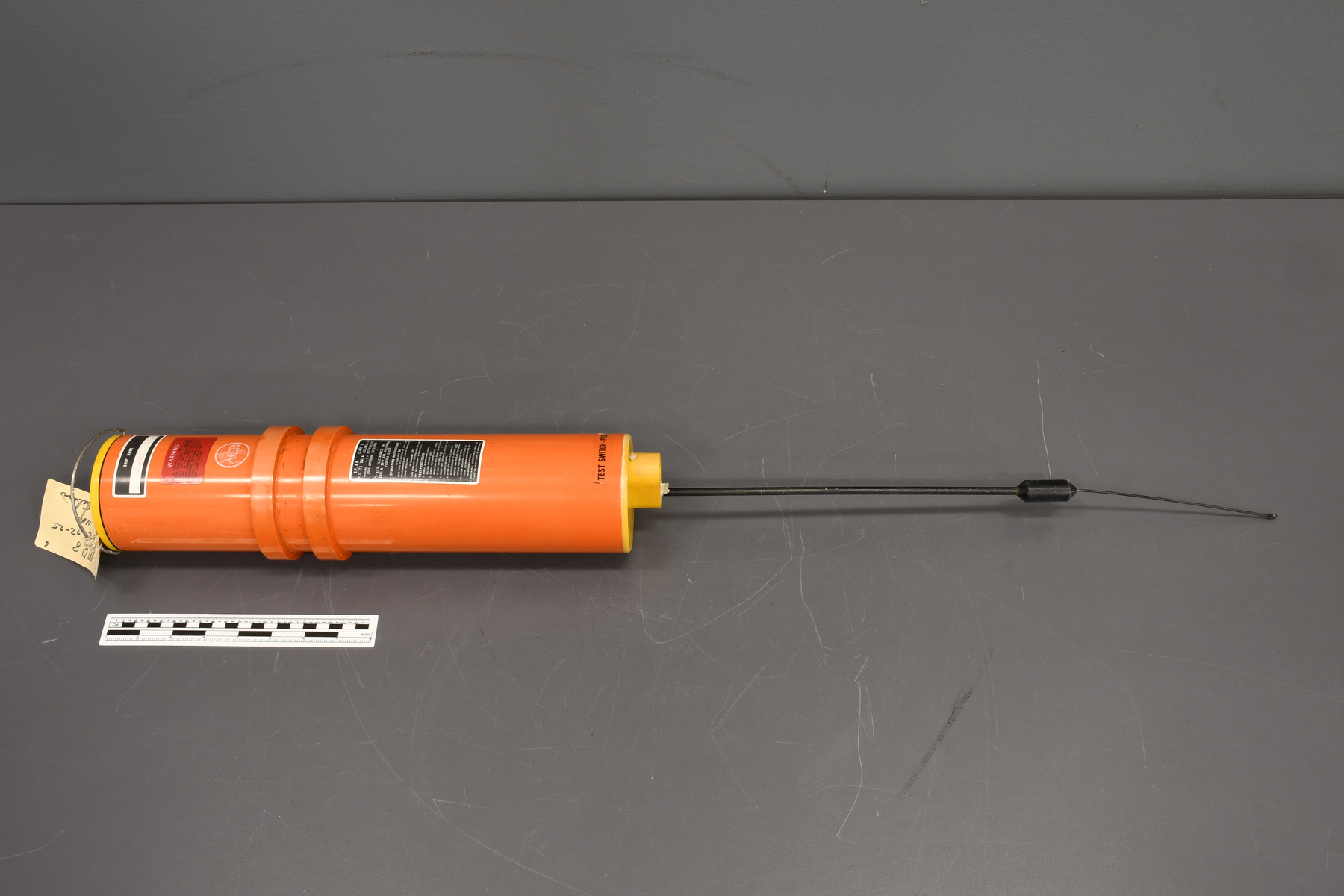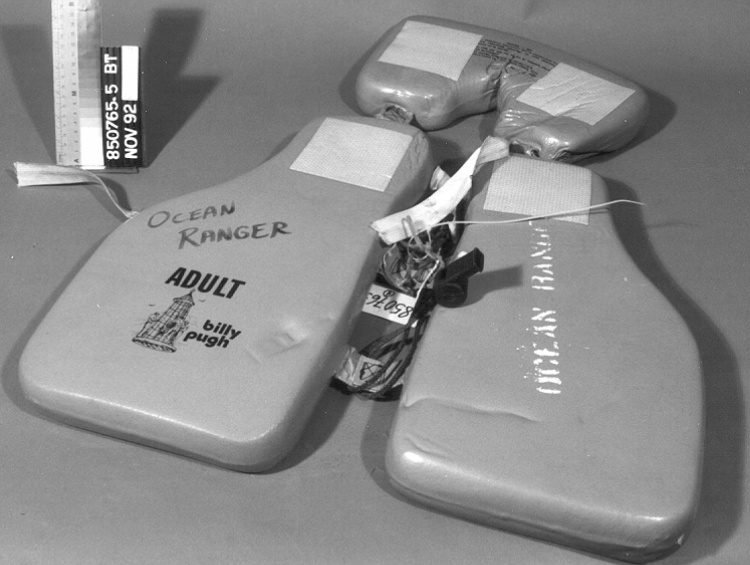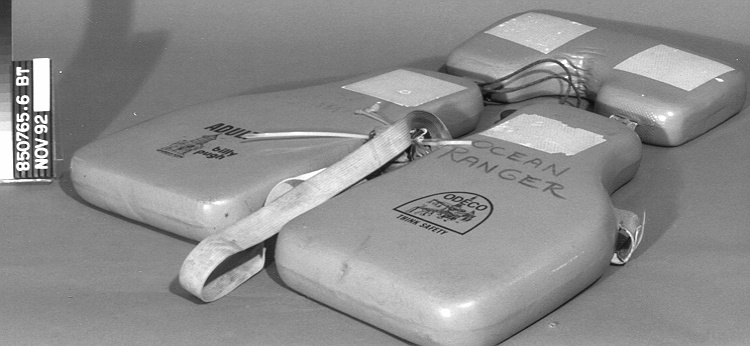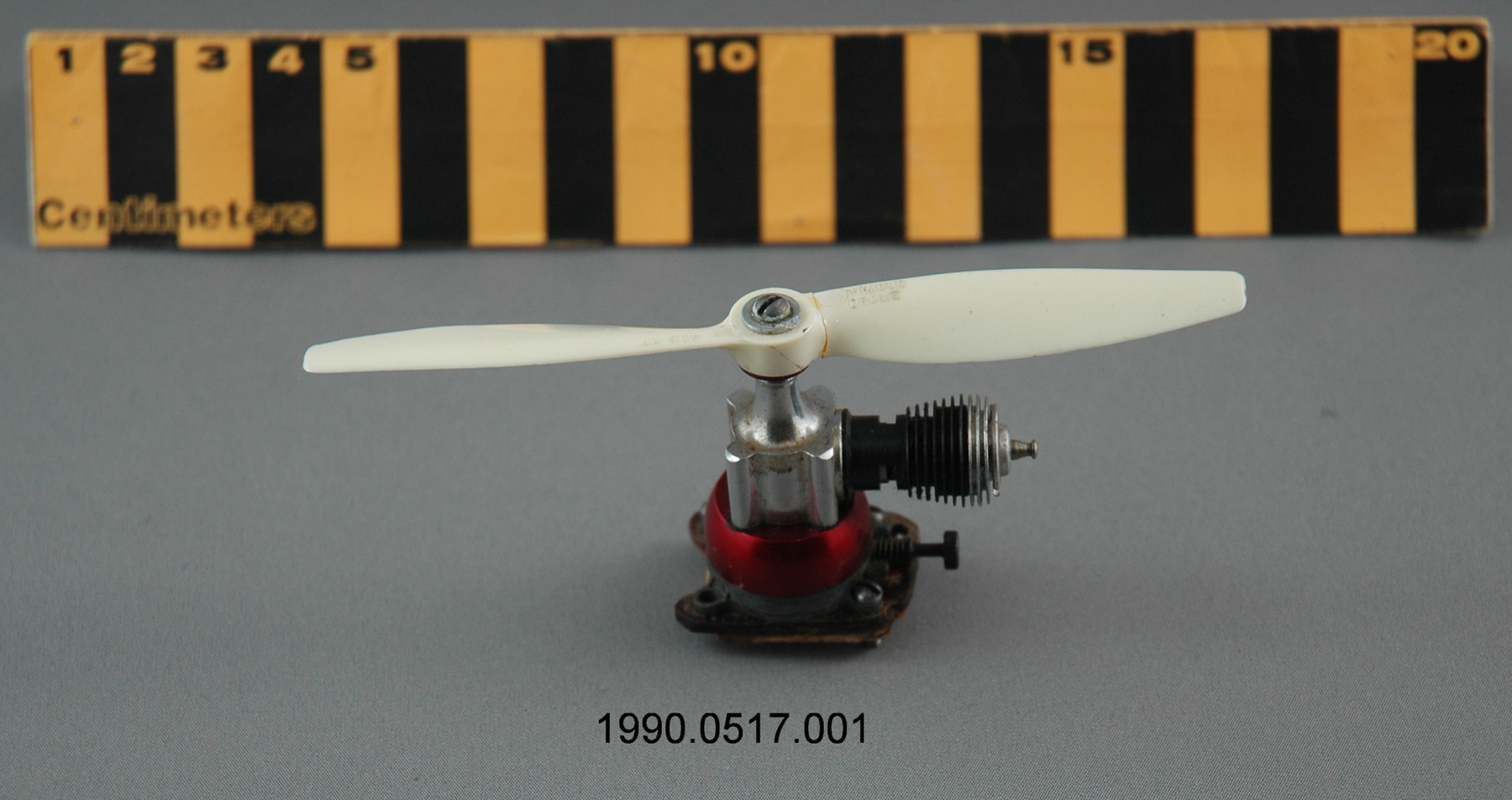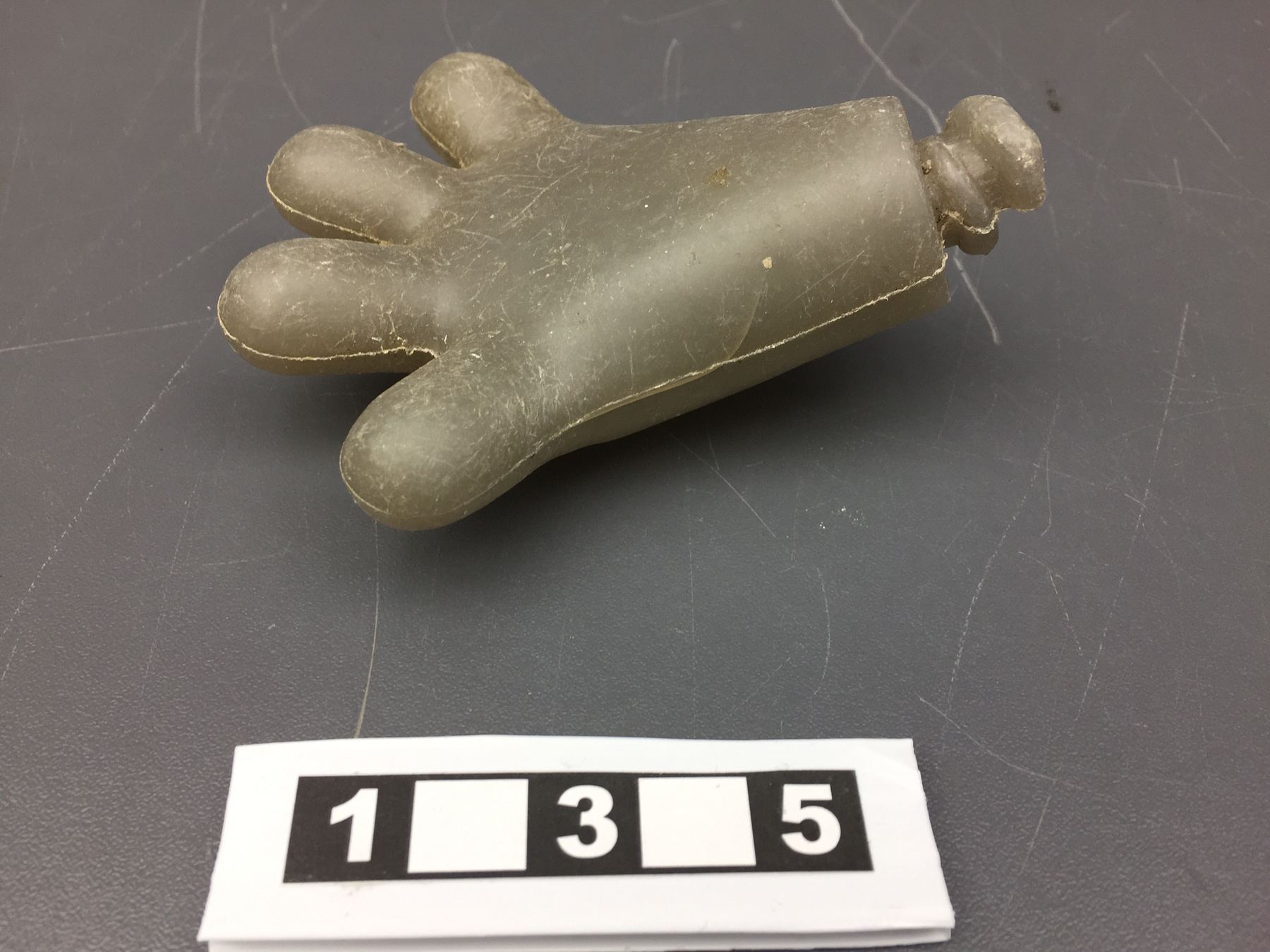Waste
Use this image
Can I reuse this image without permission? Yes
Object images on the Ingenium Collection’s portal have the following Creative Commons license:
Copyright Ingenium / CC BY-NC-ND (Attribution-NonCommercial 4.0 International (CC BY-NC 4.0)
ATTRIBUTE THIS IMAGE
Ingenium,
2016.0152.002
Permalink:
Ingenium is releasing this image under the Creative Commons licensing framework, and encourages downloading and reuse for non-commercial purposes. Please acknowledge Ingenium and cite the artifact number.
DOWNLOAD IMAGEPURCHASE THIS IMAGE
This image is free for non-commercial use.
For commercial use, please consult our Reproduction Fees and contact us to purchase the image.
- OBJECT TYPE
- ocean garbage/fragments
- DATE
- 1990–2015
- ARTIFACT NUMBER
- 2016.0152.002
- MANUFACTURER
- Unknown
- MODEL
- Phippsoya 80[degrees] 43 N / 020[degrees] 47’ E
- LOCATION
- Unknown
More Information
General Information
- Serial #
- N/A
- Part Number
- 2
- Total Parts
- 6
- AKA
- N/A
- Patents
- N/A
- General Description
- Synthetic
Dimensions
Note: These reflect the general size for storage and are not necessarily representative of the object's true dimensions.
- Length
- N/A
- Width
- N/A
- Height
- N/A
- Thickness
- N/A
- Weight
- N/A
- Diameter
- N/A
- Volume
- N/A
Lexicon
- Group
- Meteorology
- Category
- Miscellaneous
- Sub-Category
- N/A
Manufacturer
- AKA
- Unknown
- Country
- Unknown
- State/Province
- Unknown
- City
- Unknown
Context
- Country
- Unknown
- State/Province
- Unknown
- Period
- 1990’s presumably - 2016
- Canada
-
Taken from acquisition worksheet: Led by Canadian researcher, humanitarian and activist Carol Devine, Clean Up Svalbard 2015 was a civilian cleanup operation by 118 volunteers from 18 countries, tour company Oceanwide Expeditions, and in collaboration with the Governor of Svalbard. This citizen cleanup operation and the physical evidence collected speaks to the changes needed in personal, community and industrial behaviors and the importance of regulations to use less and produce more recyclable and biodegradable products. While this operation was centered on the Svalbard Archipelago, the accumulation, circulation, and travel of ocean garbage, mostly macro and micro plastics has become a global problem and concern, especially in remote and environmentally sensitive marine ecosystems. Much is yet to learn about the impact of plastics on marine life, and the effects on the fisheries of circumpolar nations such as Canada (see map at left the Beaufort Gyre, Davis Strait and Ungava Bay), but also in the remote location of the deep sea where evidence of microplastics has been found inside hermit crabs, squat lobsters and sea cucumbers, at depths of between 980 and 6,000 feet (300-1,800 meters)’. Source: http://www.aquamess.org/#/gipfel/ “The volunteers were nature, travel and Arctic enthusiasts, adventurers and more - they included a British marine biologist, a Mexican environmentalist, a retired French editor, a Norwegian social documentary maker, an Israeli professor who lived in the Amazon rainforest studying natural medicines and a 13-year old Dutch boy with his nature journalist father. Many clearly have (a good) polar fever and environmental concerns.” Source: Carol Devine obtained her B.A. from McGill University and a Master of Science from the University of London, UK. She is a writer, researcher and speaker, humanitarian, activist and emerging public intellectual. Her memberships include the Association of Polar Early Career Scientists, the Humanities and Social Sciences Expert Group (HASSEG) of Scientific Committee on Antarctic Research, Linking Tourism & Conservation, and Society of Women Geographers. - Function
-
This collection of ocean garbage, mostly plastics, was collected between August 28 and September 1, 2015 speaks to the importance of regulations to use less and produce more recyclable and biodegradable products. It is the result of citizen cleanup operation Clean Up Svalbard 2015 collected from seas surrounding the Svalbard islands, Norway where oceans currents of trash enters its many fjords. - Technical
-
Taken from acquisition worksheet: A collection of discarded plastics that are entering the food chain and ocean systems, harmful to the environment and marine ecosystems, often suffocating or entrapping wildlife. Over the four-day operation, about 10 nautical miles of travel was covered, and over 13.5 cubic meters of garbage including 3.5 cubic meters of plastic nets was picked up. - Area Notes
-
Unknown
Details
- Markings
- None apparent.
- Missing
- N/A
- Finish
- Grey synthetic moulded in the shape of a toy "cartoon" hand.
- Decoration
- N/A
CITE THIS OBJECT
If you choose to share our information about this collection object, please cite:
Unknown Manufacturer, Waste, circa 1990–2015, Artifact no. 2016.0152, Ingenium – Canada’s Museums of Science and Innovation, http://collections.ingeniumcanada.org/en/item/2016.0152.002/
FEEDBACK
Submit a question or comment about this artifact.
More Like This
